chapter 6: reproduction and sexuality
1/40
There's no tags or description
Looks like no tags are added yet.
Name | Mastery | Learn | Test | Matching | Spaced |
|---|
No study sessions yet.
41 Terms
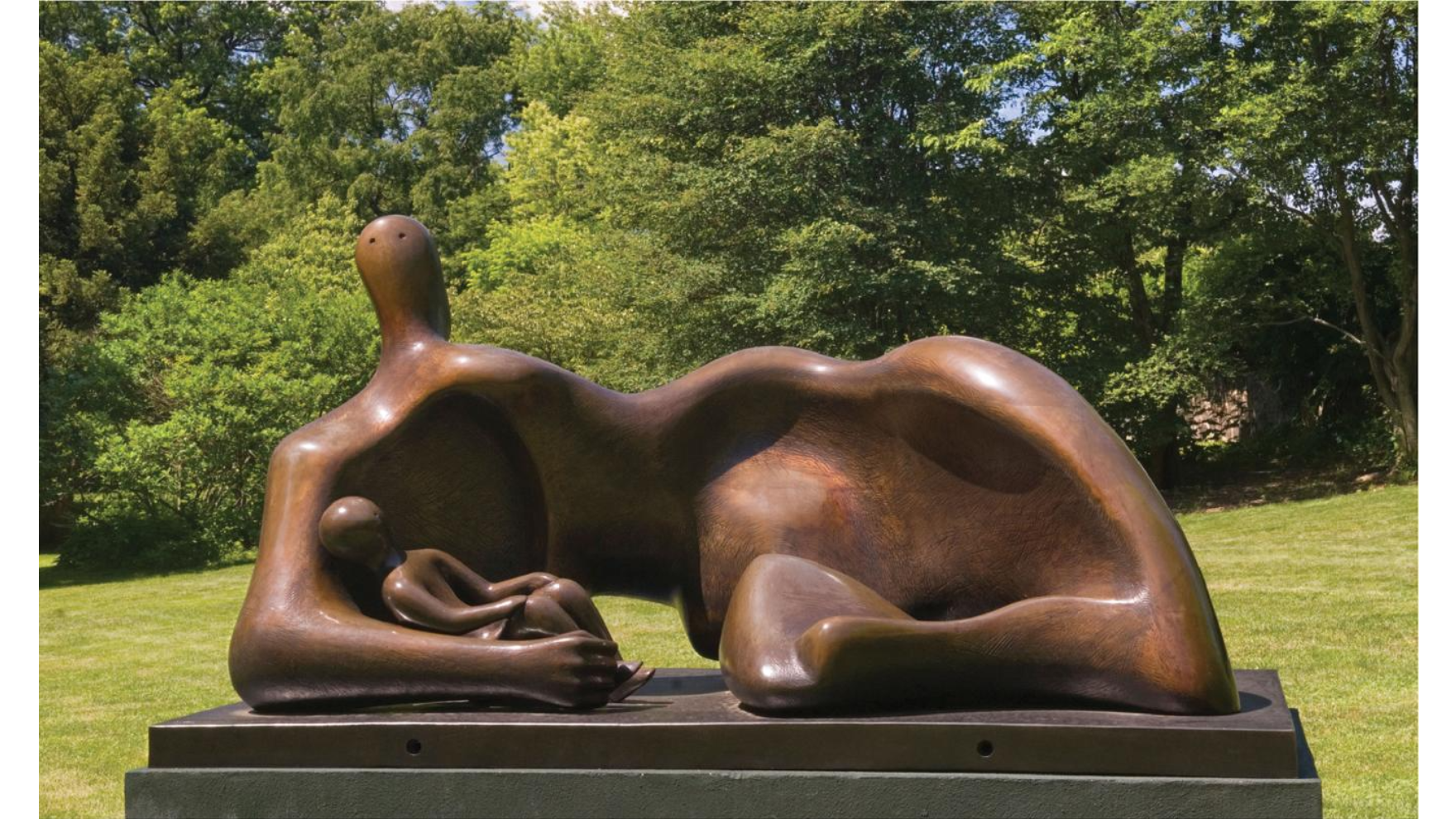
Draped Reclining Mother and Baby
Henry Moore
1983
bronze
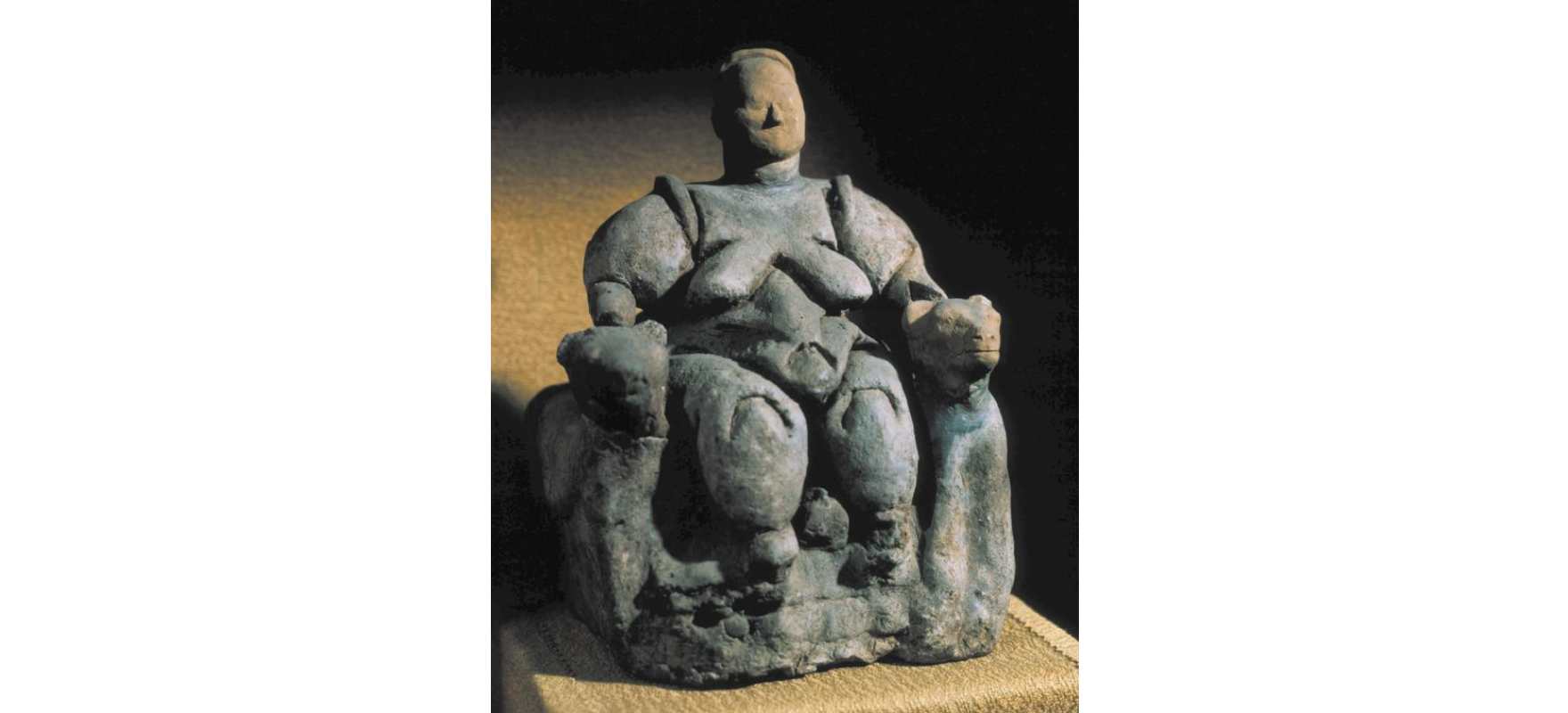
Female Fertility Figure (found at Çatal Hüyük)
6000 BCE
terracotta
→ fertility; powerful woman w/ lions at her side
→ found in grain bin
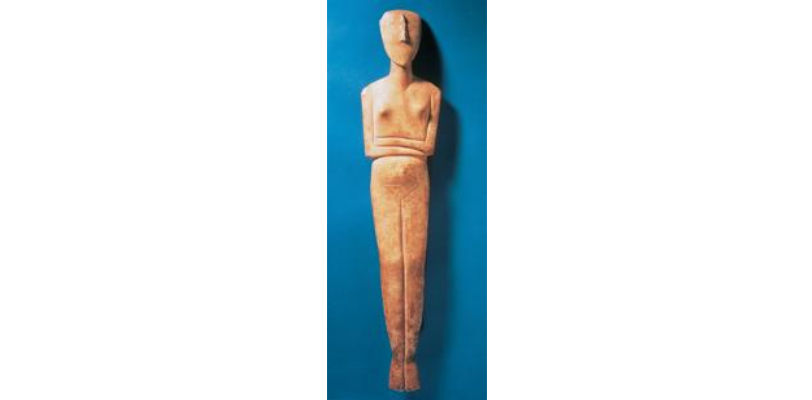
Idol from Amorgos
Cycladic Islands (Greece)
2500—2300 BCE
marble
→ burial figure (“plank idols”) carved into w/ obsidian
→ feminine youth; opposite of Venus of Willendorf
factors influencing civilization growth:
proximity to water
farming → food surplus → division of labor
cities becoming centers: political, economic, social, cultural, religious
trade between urban centers
development of formal religions
political/social structures: hierarchies, bureaucracy
written language
military class emerged
cities merge into empires
women subordinate to men
Mesopotamian walled city states, along rivers Tigris and Euphrates:
Eridu, Ur, Uruk, Umma, Lagash
→ all in Sumer area
→ cuneiform
→ first wheel use
earliest fertility artifacts from
Paleolithic and Neolithic periods
fat, plump bellies, breasts, and thighs
fertile figure
Akkadian Empire
2300 BCE: Sargon united Mesopotamian city-states
Egyptian kingdoms:
Old Kingdom: 2686—2125 BCE
Middle Kingdom: 2100—1700 BCE
hieroglyphs (writing)
sympathetic magic
invoked through art object; functions to ensure human reproduction
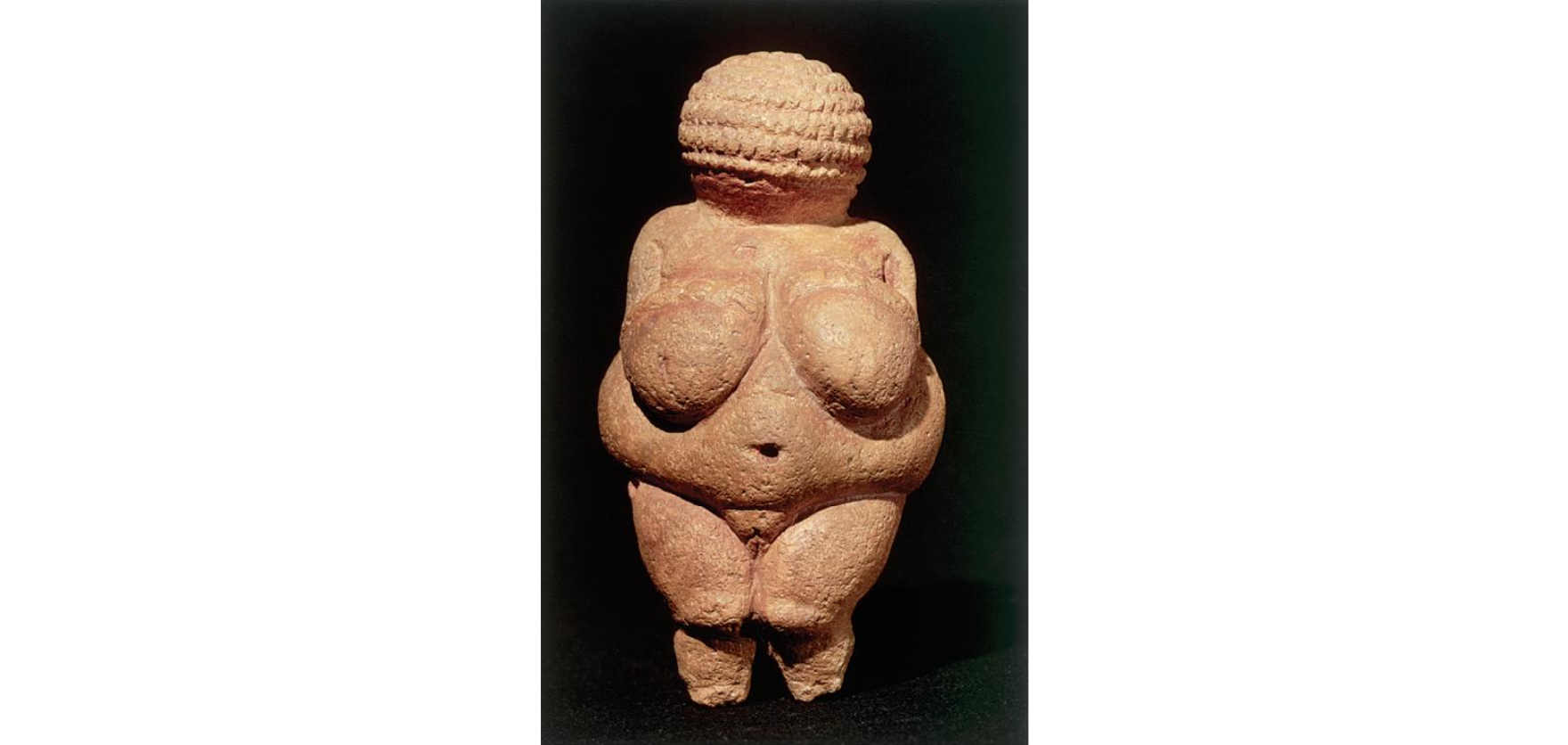
Venus of Willendorf (Austria)
25,000 BCE
fertility goddess/charm/fetish
possible uses:
childbirth
ward off death
good health
good fortune
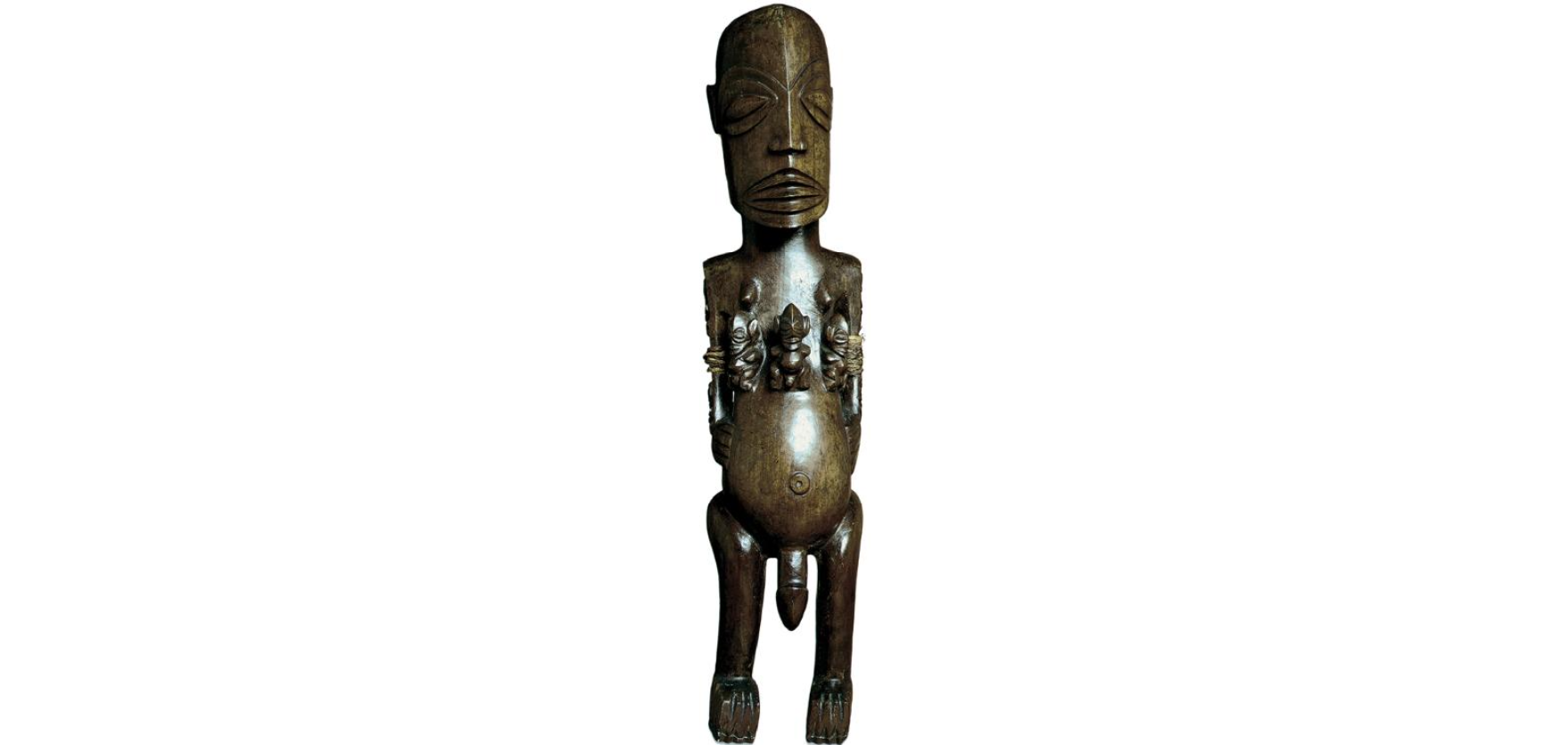
God Te Rongo and His Three Sons
Cook Islands, Polynesia
1800s—1900s
wood
→ large penis; virility/fertility
→ large belly
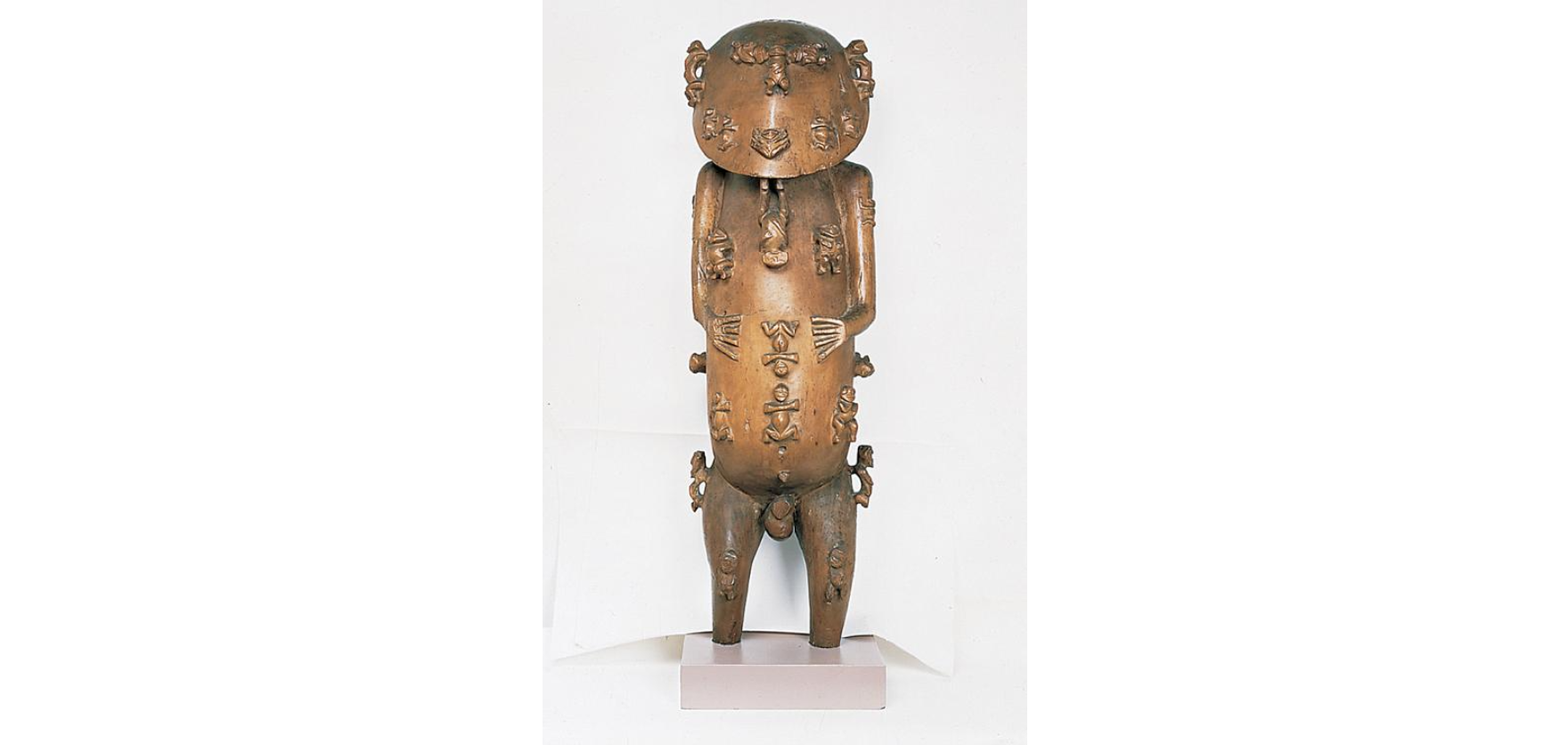
Figure of a Deity: A'a Rurutu
Austral Islands, French Polynesia
1820
wood
→ creator (god) creating humans (babies) all over his body
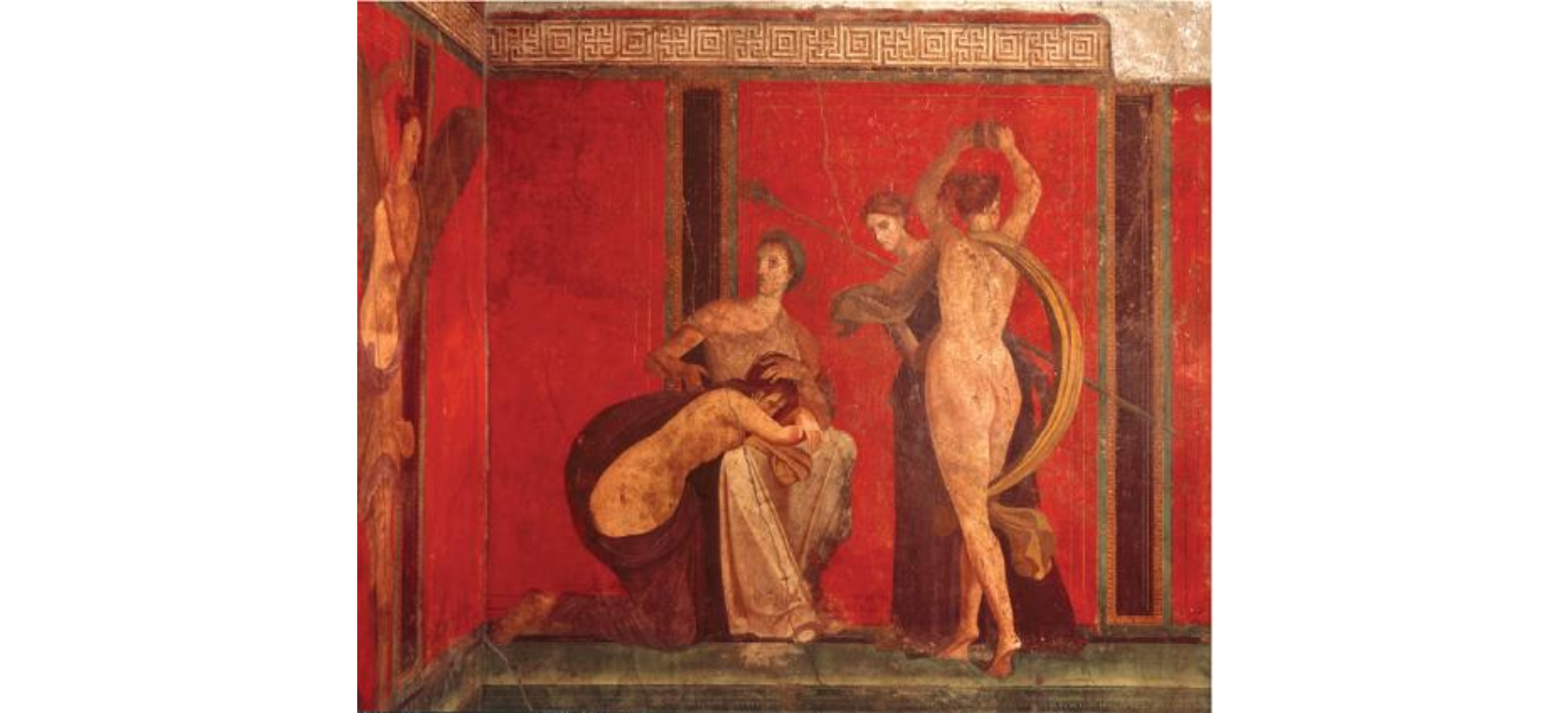
Initiation Rites of Dionysus
Villa of Mysteries; Pompeii, Italy
50 CE
fresco
→ art for a ritual; sex, fertility
→ trompe l’oeil (“fools the eye”, volume)
→ young woman being prepared to have sex with Dionysus
→ priestess unveiling sacred objects: phallus?
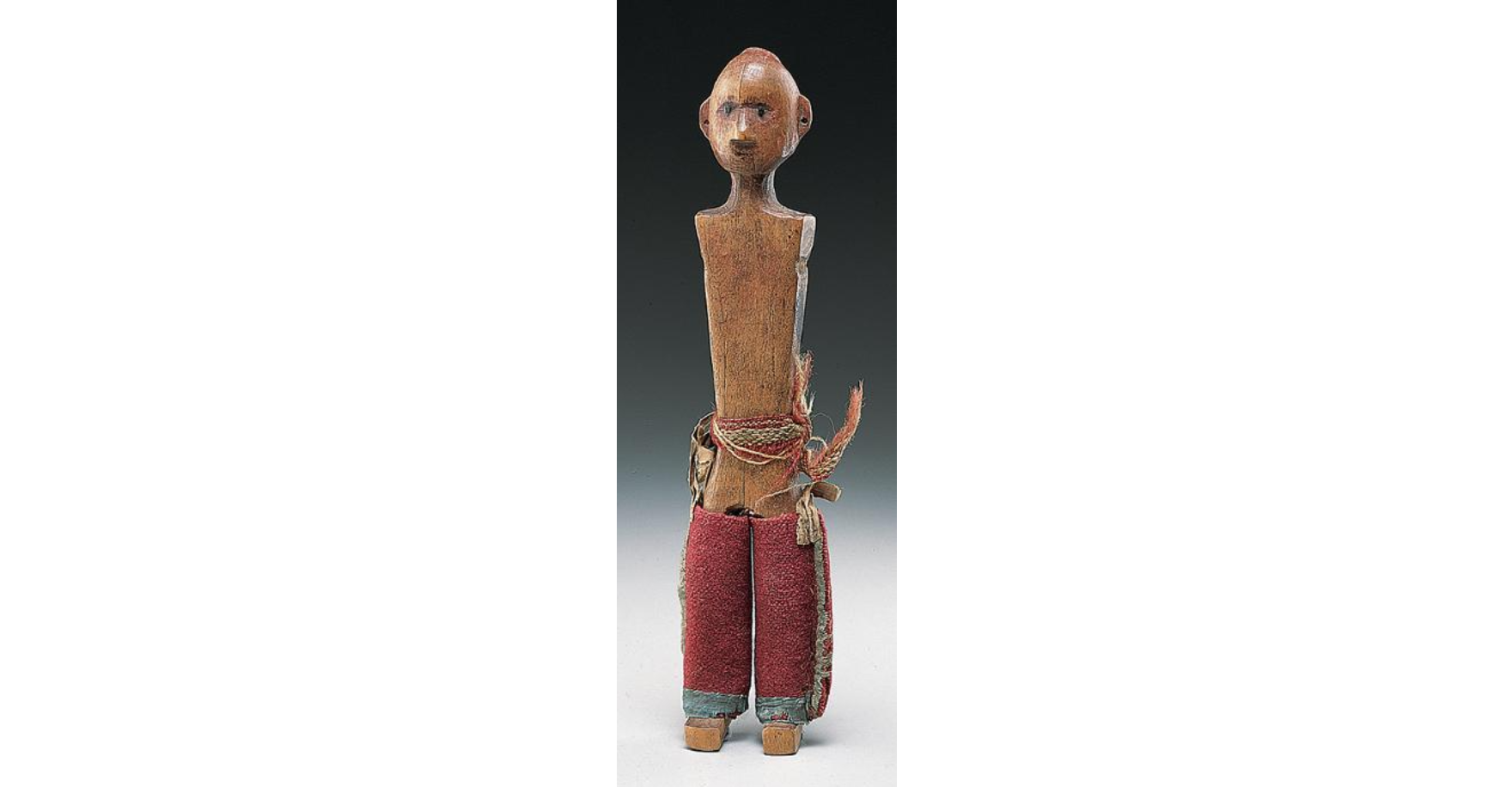
Potawatomi Male Figure (Love doll)
Wisconsin
1800—1860
wood and wool fabric
→ used as “medicine” to control health/behavior, OR to gain romantic attention of desired person
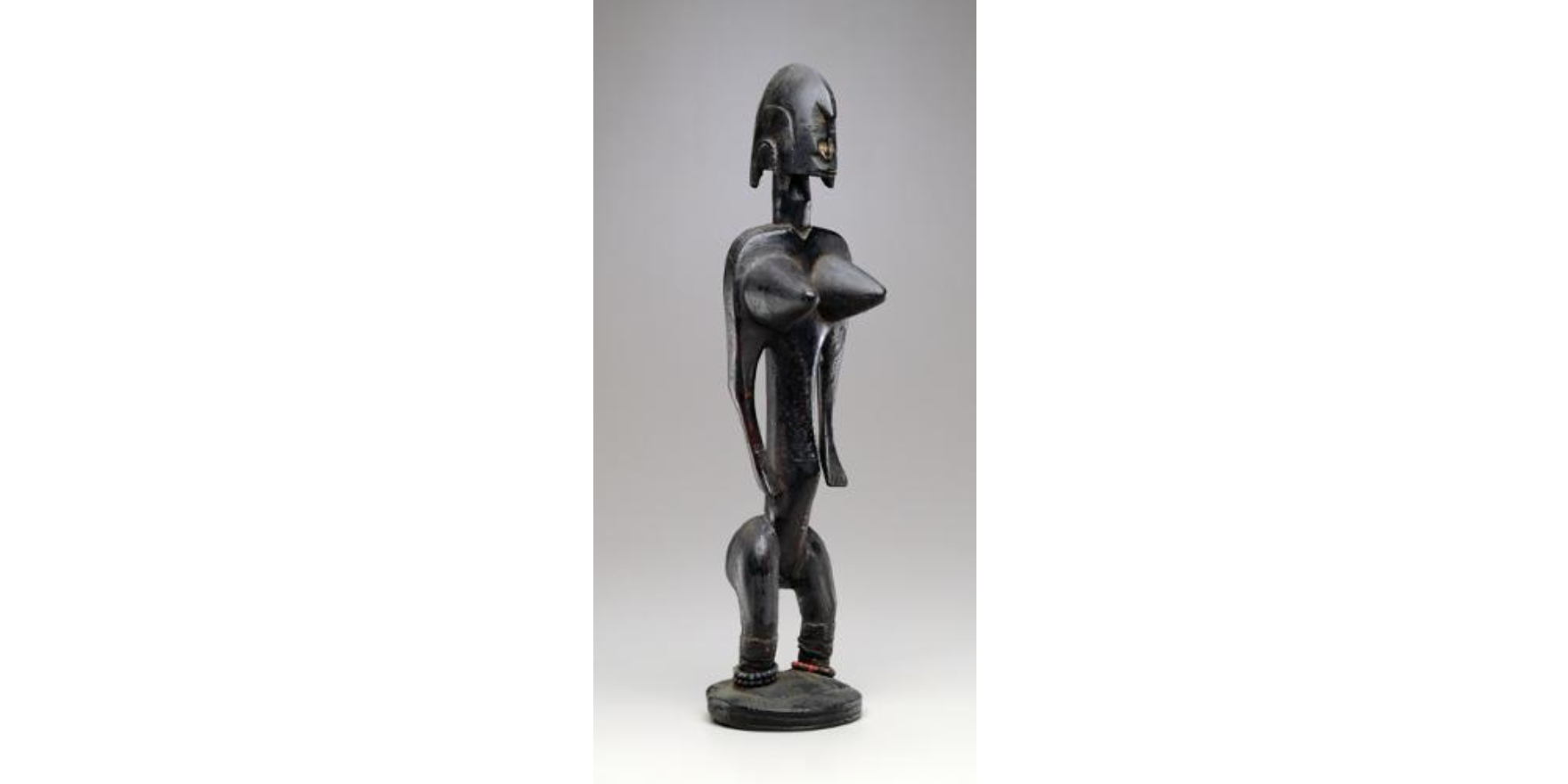
Standing Female Figure (Bamana)
Mali
1800s—1900s
wood, copper, beads, metal
→ used in rituals to help infertile women with conceiving/birth OR initiation rites for young men
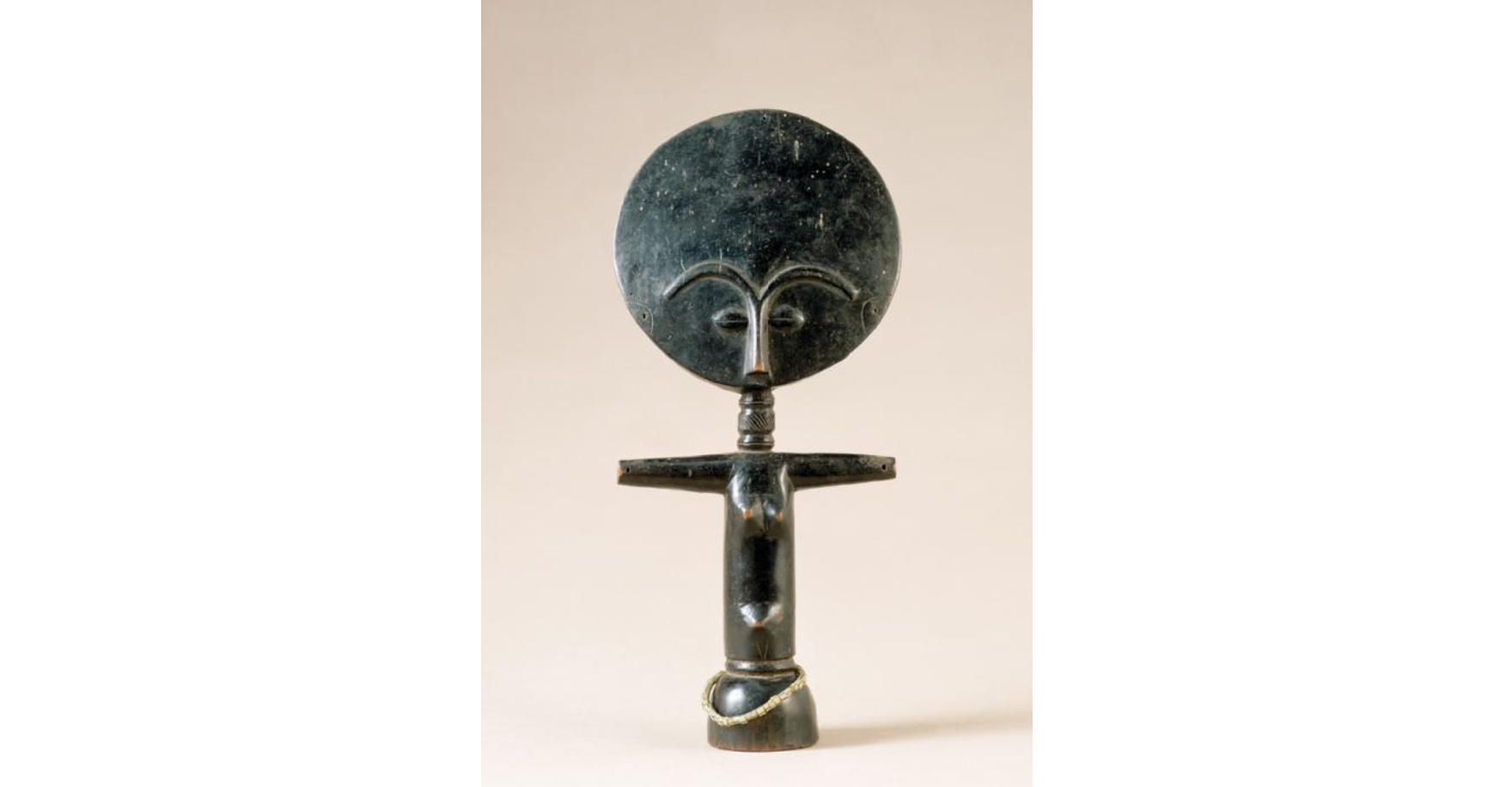
Ashanti Akua'ba Doll
Ghana
1900s
wood
→ carved for women to help w/ conceiving, healthy baby
→ care for/carry the doll like a baby (on her back)
→ focus on perfectly formed doll instead of deformations
beauty reduced to simple forms
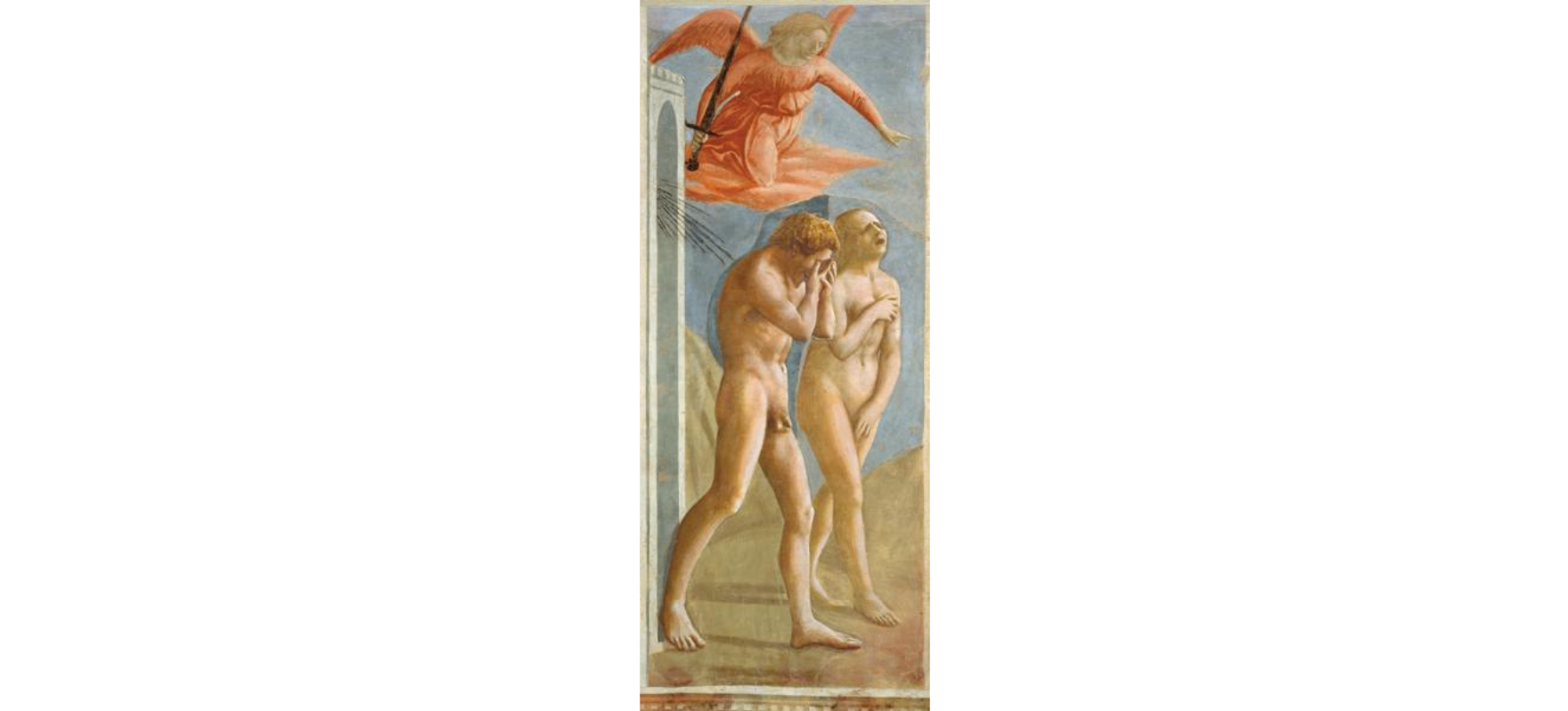
The Expulsion from Paradise
Masaccio (Florence, Italy)
1427
fresco
→ depicts anguish of primordial couple (Adam & Eve)
→ marriage ritual; creation myths
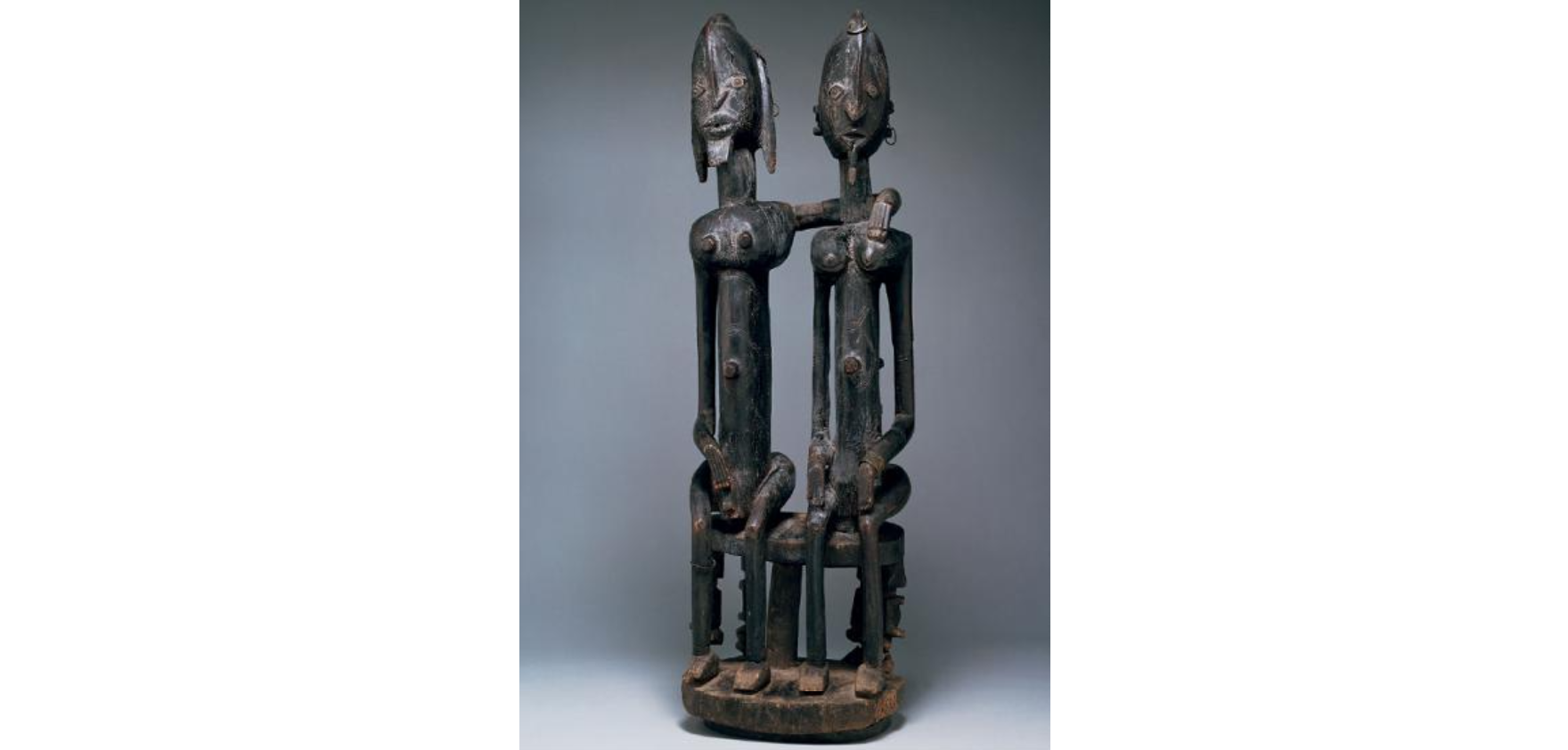
Dogon Seated Couple
Mali, Africa
1800s—1900s
wood
→ idealized harmony, equal importance; provider vs child-rearing
→ sexual union; jewelry = sexual power
woman: labret piercing, w/ a child
man: quiver, beard
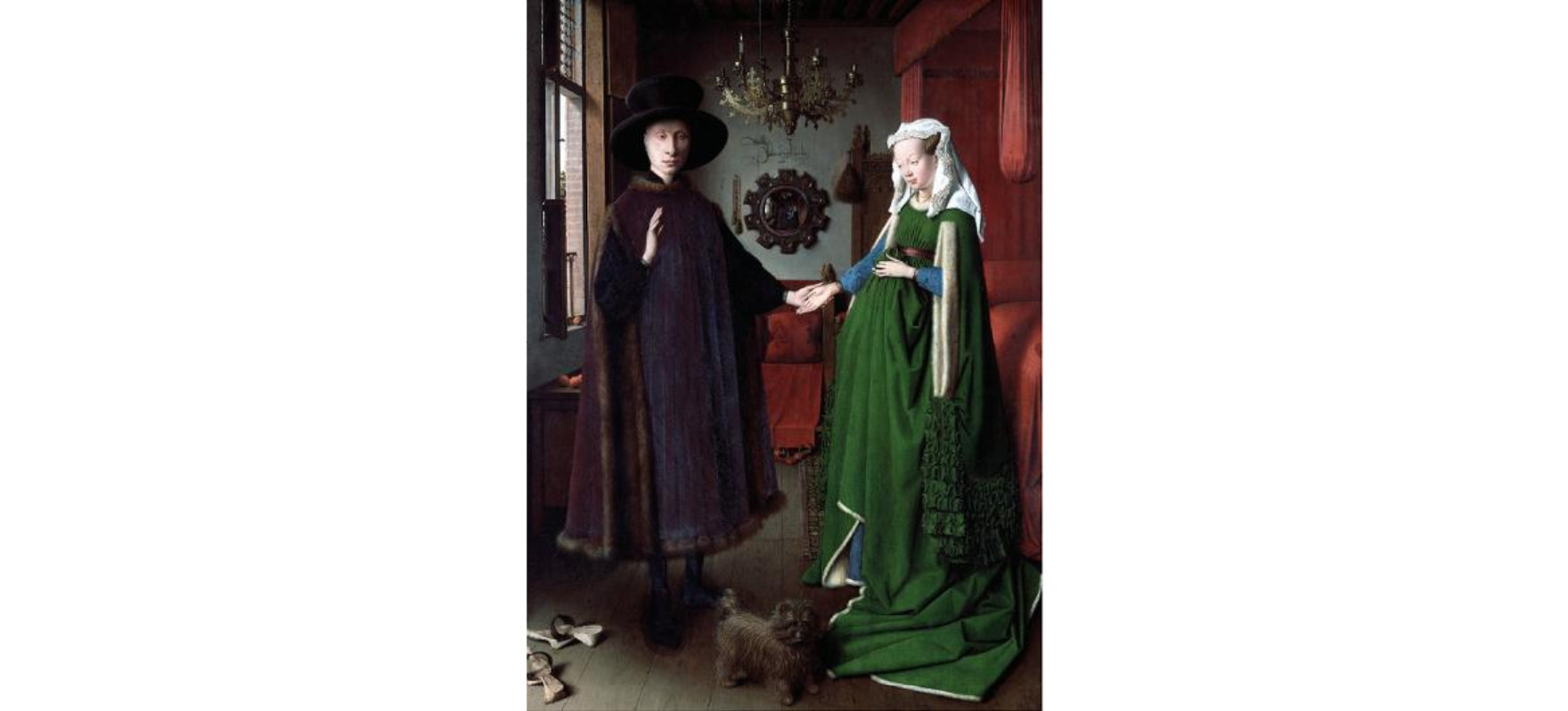
Wedding Portrait
Jan van Eyck
1434
oil on wood panel
→ wedding certificate, but a portrait
→ lots of symbolism: divine presence candle, in bedroom chamber sex for children, no shoes standing on holy ground, dog for fidelity, St. Margaret for childbirth
→ “Jan van Eyck was here” written in mirror
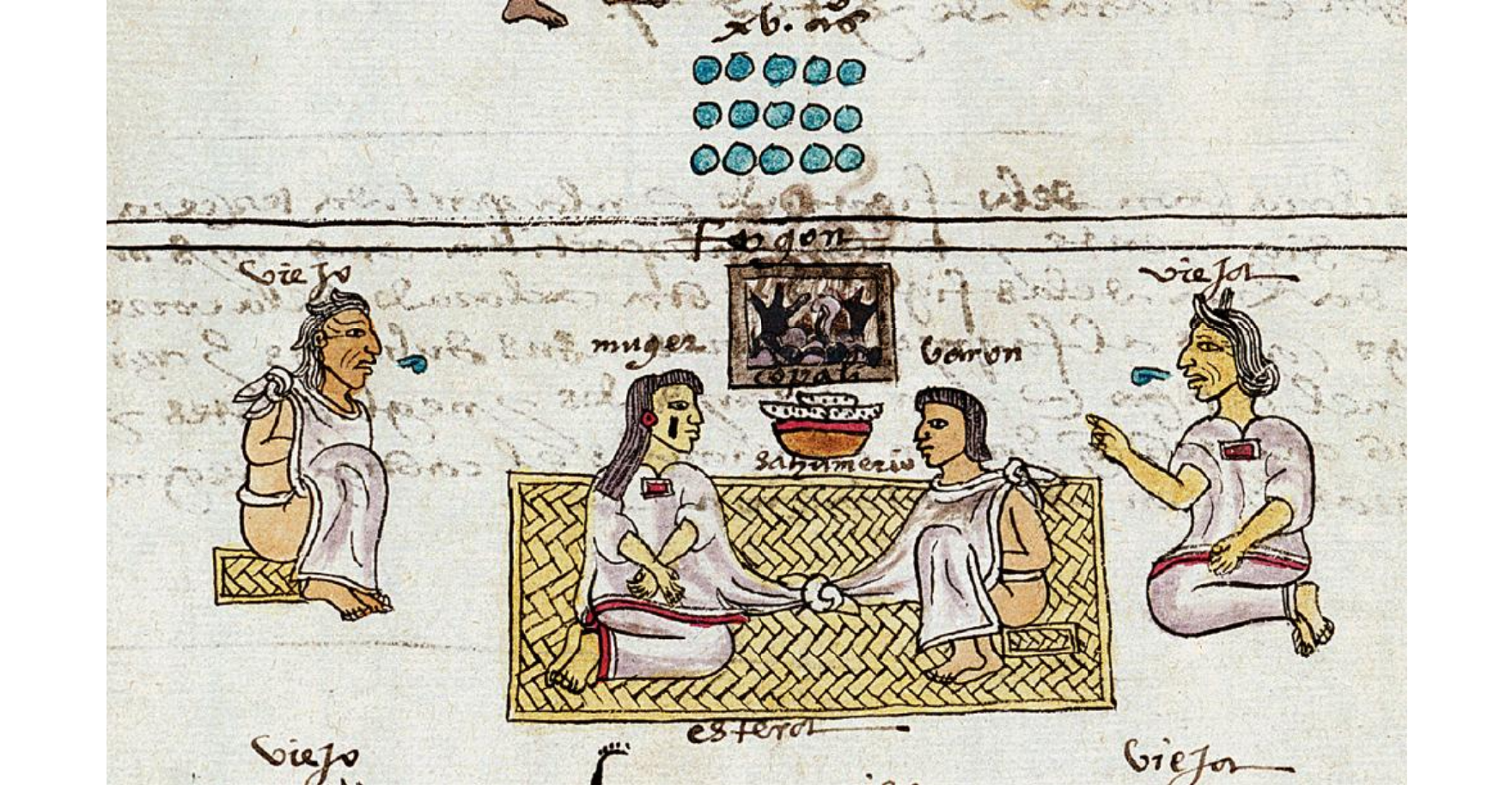
Aztec Marriage Couple — Codex Mendoza
Mexico
1541
→ literally tying the knot; marriage ceremony
→ matchmaker; details ceremony steps
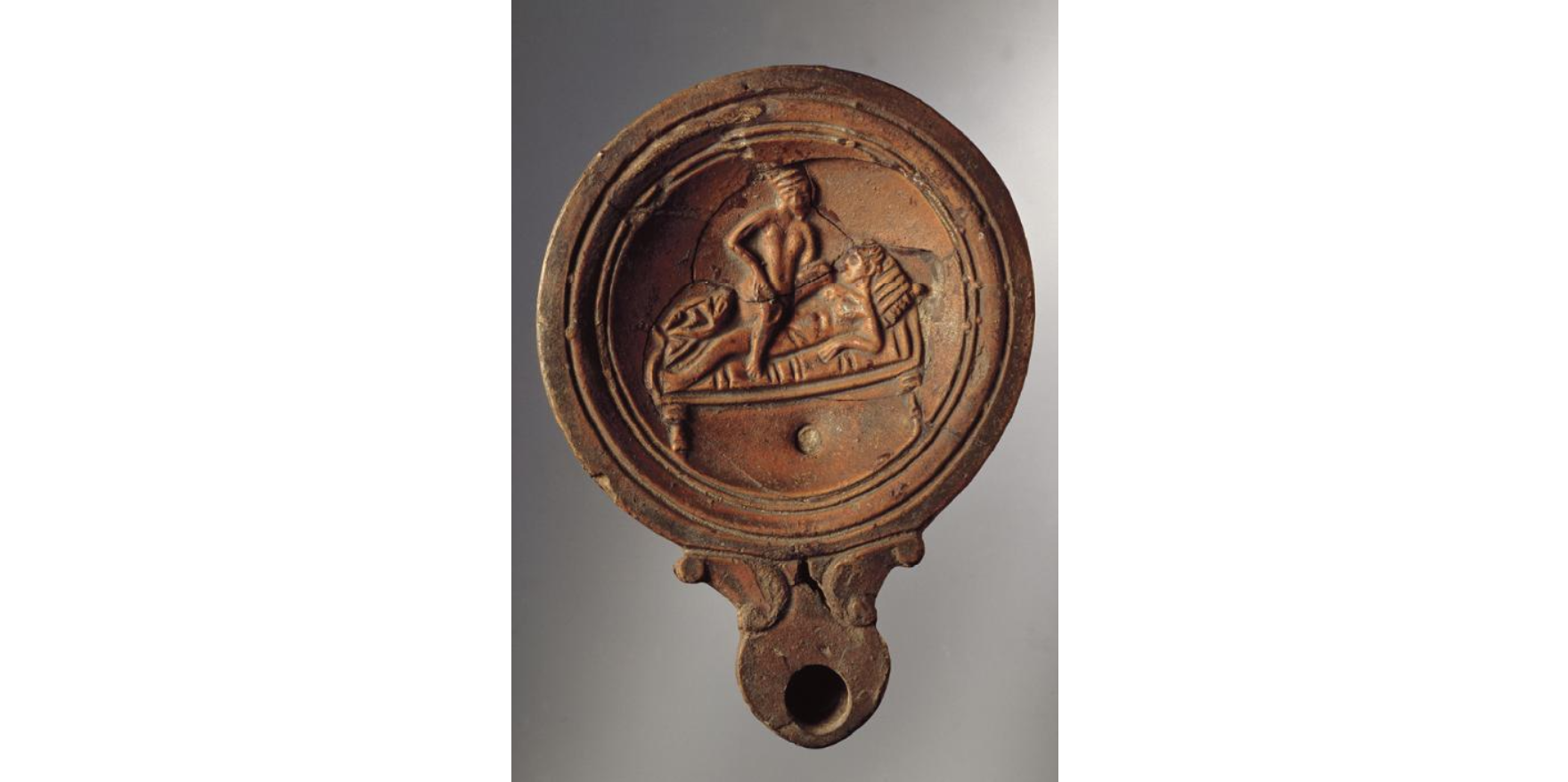
Oil Lamp with Love-Making Scene
Roman
1st century (100) BCE
→ likely used in a home
→ ideal Classic Greek sculpture
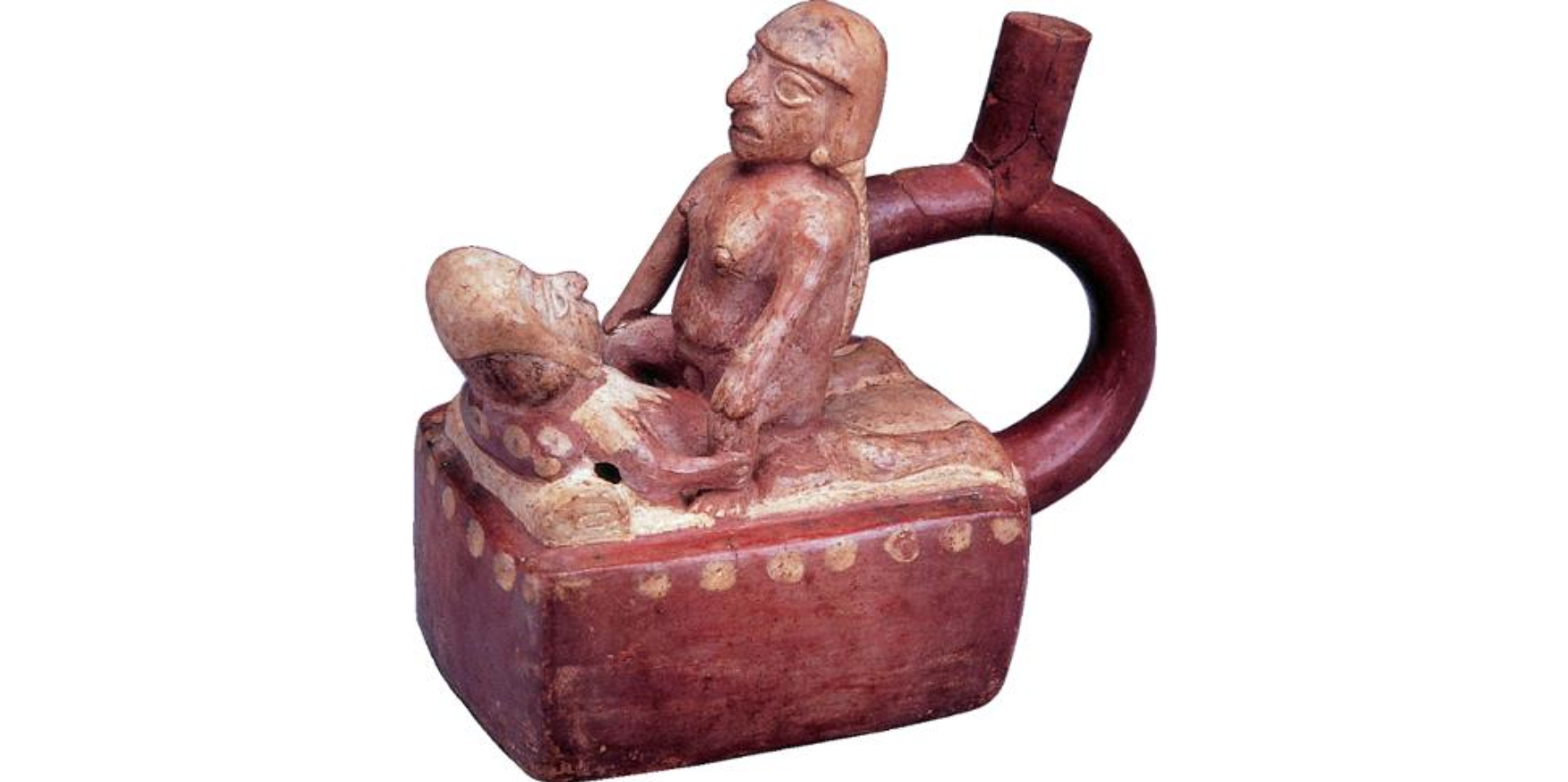
Moche Pottery Depicting Sexual Intercourse
Peru
1000—1250
ceramic vessel (for chicha, corn beer)
→ bury pots w/ dead; naturalistic imagery
→ likely made by women
→ maybe for sex education/birth control?
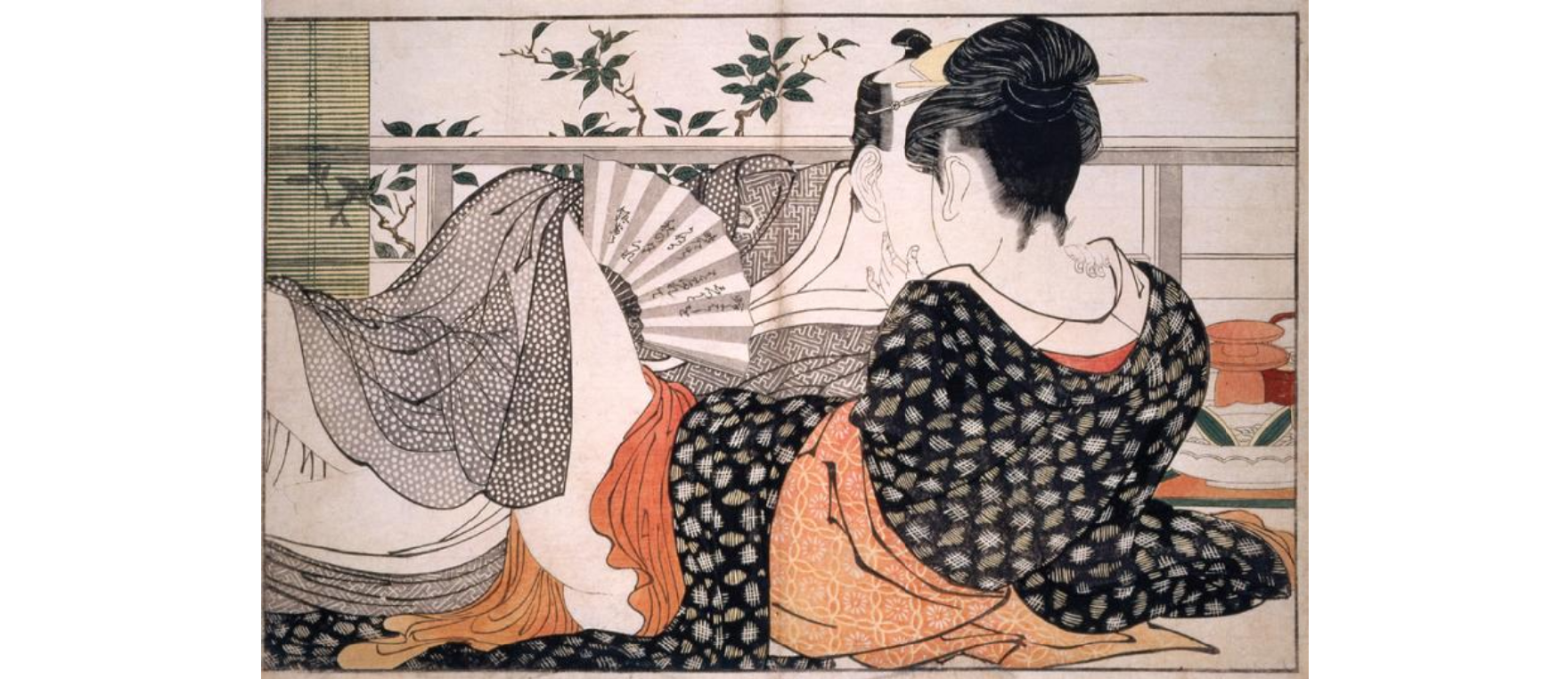
A Pair of Lovers (from Poem of the Pillow)
Kitagawa Utamaro
1788
wood block relief print
→ “shunga” erotica print (“spring pictures”)
→ “ukiyo-e”: floating world; Buddhist: transient life, fleeting pleasure; merriness
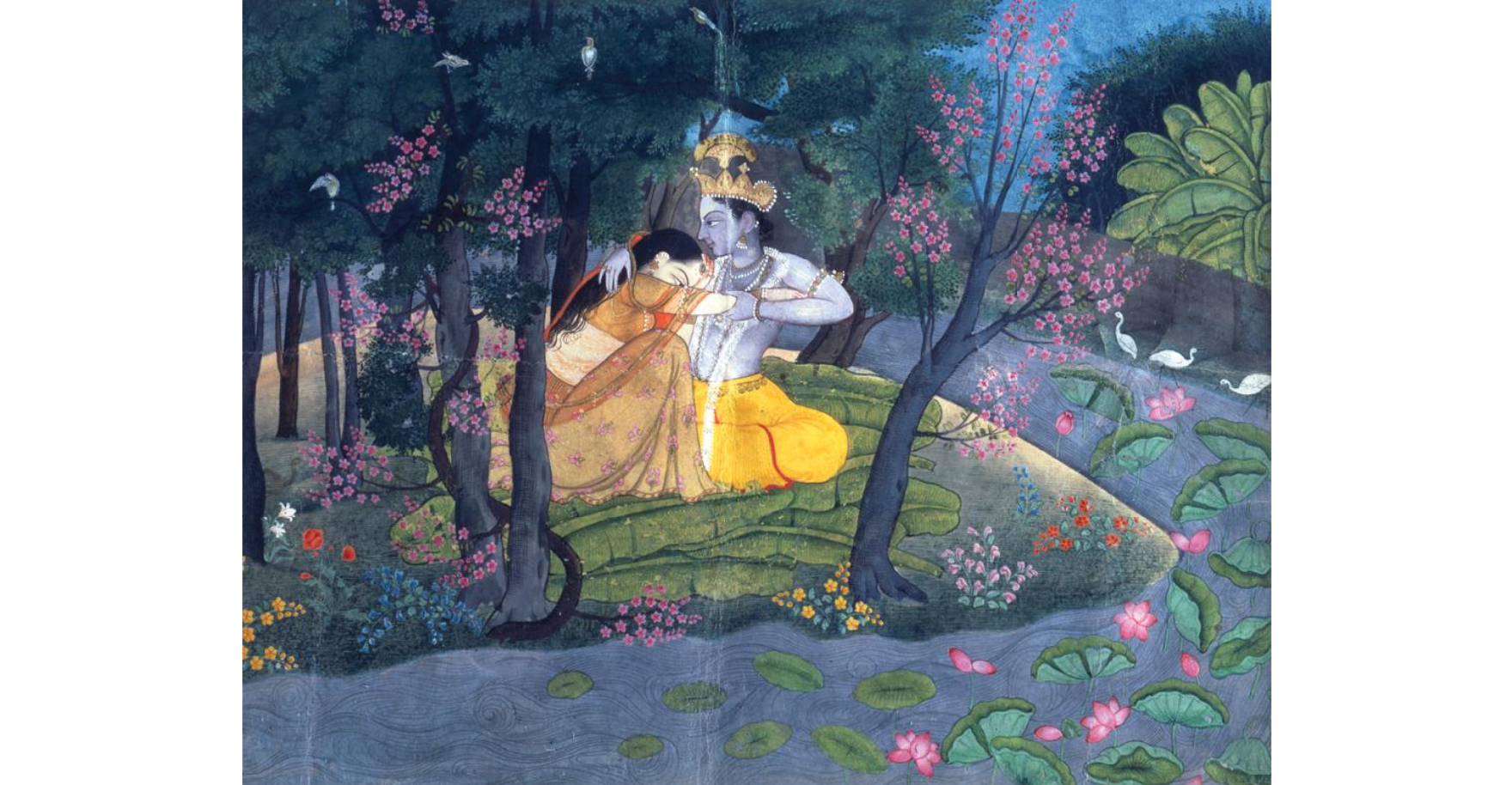
Radha and Krishna in the Grove
Kangra (School), India
gouache on paper
→ idealized; tender sex; even though uneven status (shepherdess/god)
→ union through sex = union with god
→ Radha (shepherdess); Krishna (Vishnu; god)
→ instructive art
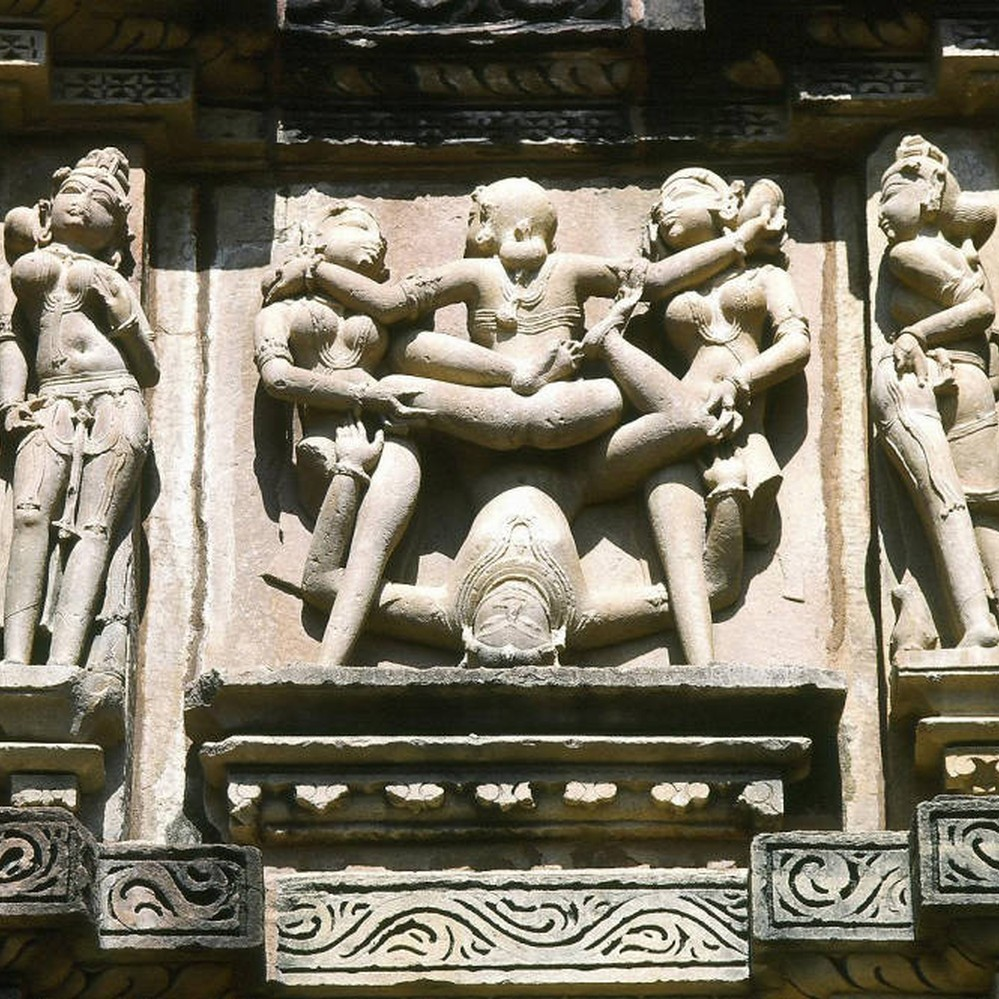
Relief Carving from the Kandarya Mahadeva Temple
Khajuraho, India
1000 CE
→ Hindu celebration of sexual love
→ carnal eroticism = union with divine “unbounded”, leads to redemption
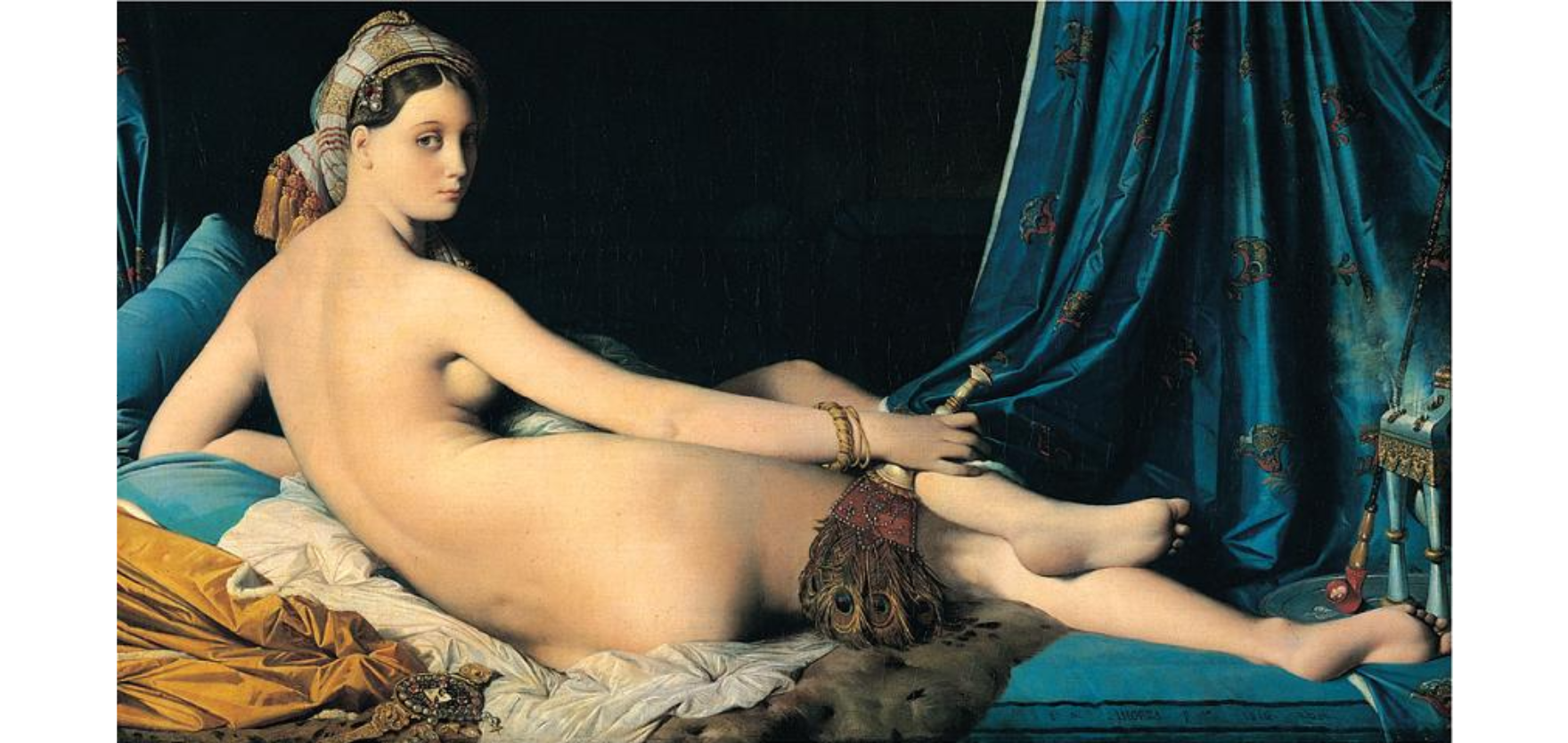
La Grande Odalisque
Jean-Auguste-Dominique Ingres
1814
→ nude Turkish harem woman; orientalism; made for 19th century men (viewers imagined themselves as Turkish sultan)
→ being depicted alone = woman is available
→ gaze completes sexual exchange implied in painting
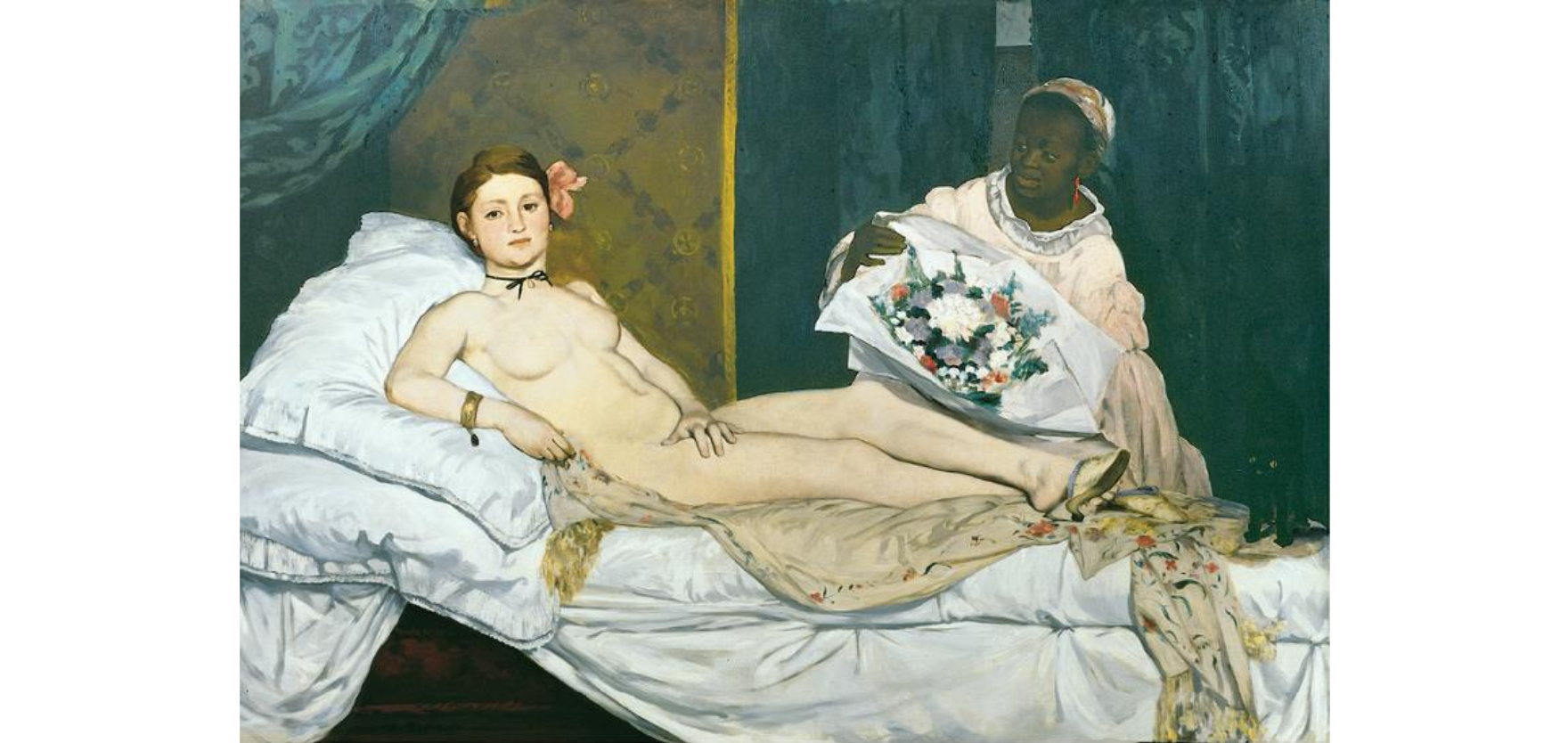
Olympia
Edward Manet (France)
1863
alla prima; oil on canvas
→ unromantic because of cold gaze; not coy like Venus
→ realest depiction of famous prostitute (unacceptable way to show nudity; must be idealized)
→ exposed 19th century men; not hiding nudity behind religious art or idealism; too real
→ social status; African maid, white mistress
→ inspo: Venus of Urbino
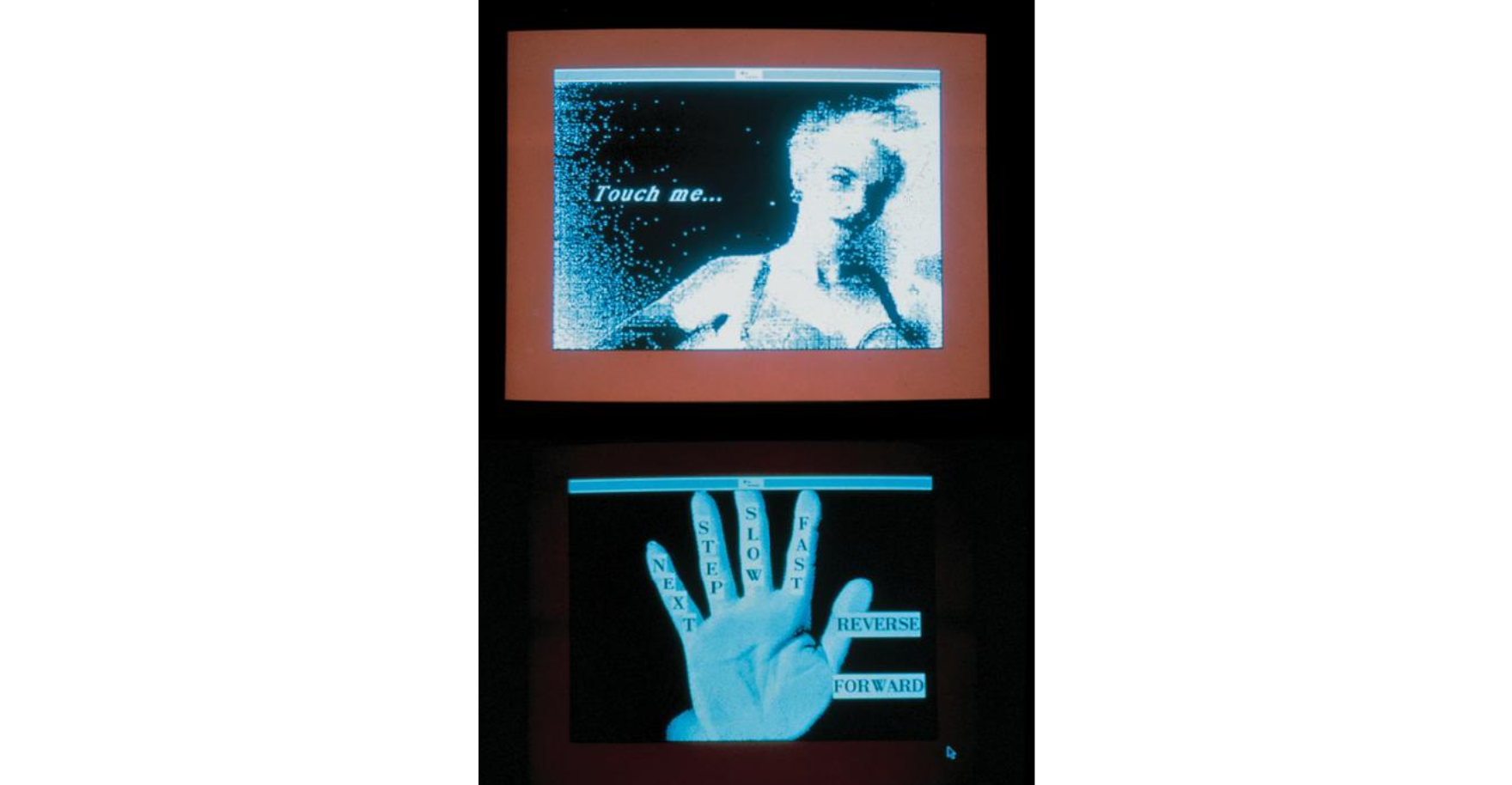
Deep Contact
Lynn Hershman
1990
interactive video installation (MoMA, SF, CA)
→ mass media, Western sexuality, etc
→ surveillance camera flashes viewer’s face on screen occasionally; voyeurism
→ interactive; viewer is no longer distant/anonymous. cannot be passive
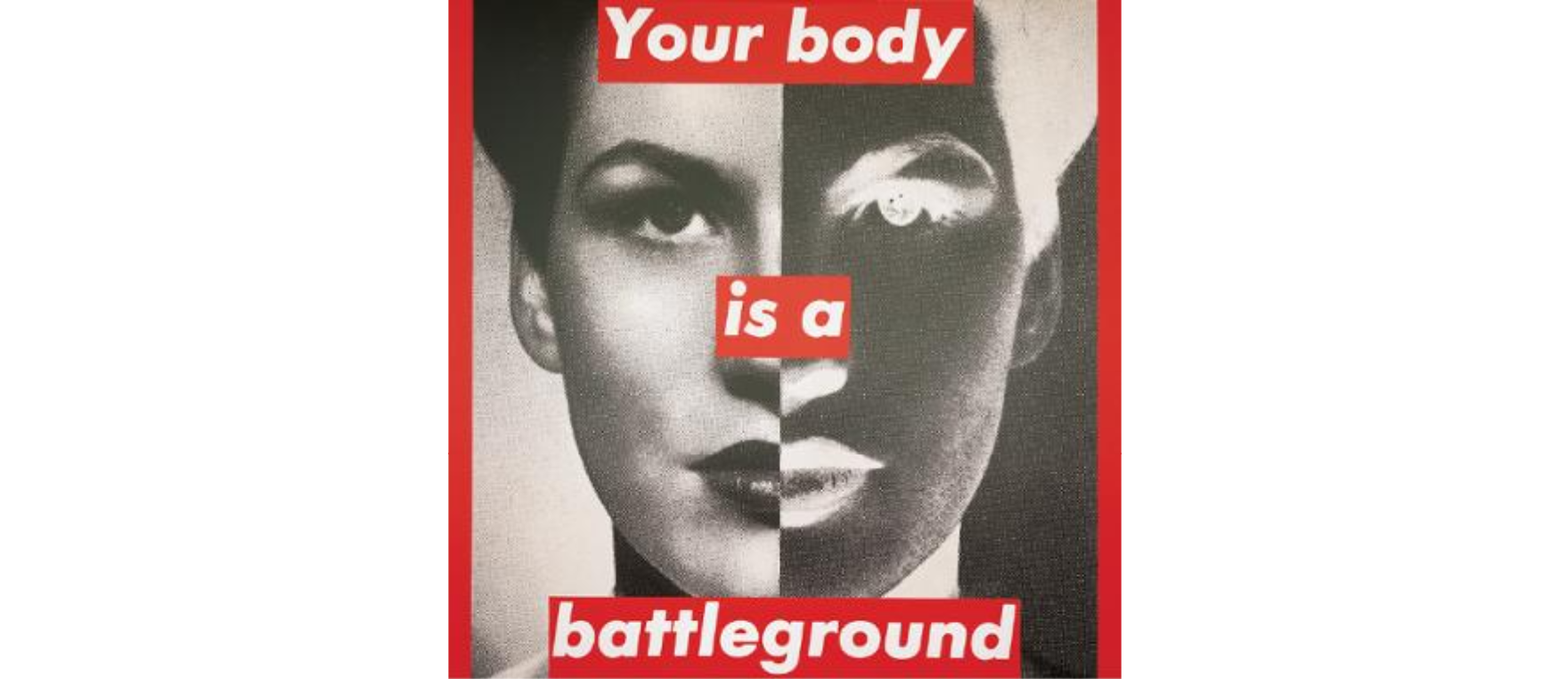
Untitled (Your Body is a Battleground)
Barbara Kruger
1989
screen print on vinyl
→ 1960s political slogan and model portrait repurposed to show sexuality, reproduction rights in western society
→ abortion; uses gender neutral pronouns; attitudes about sexuality/race are not fixed by nature
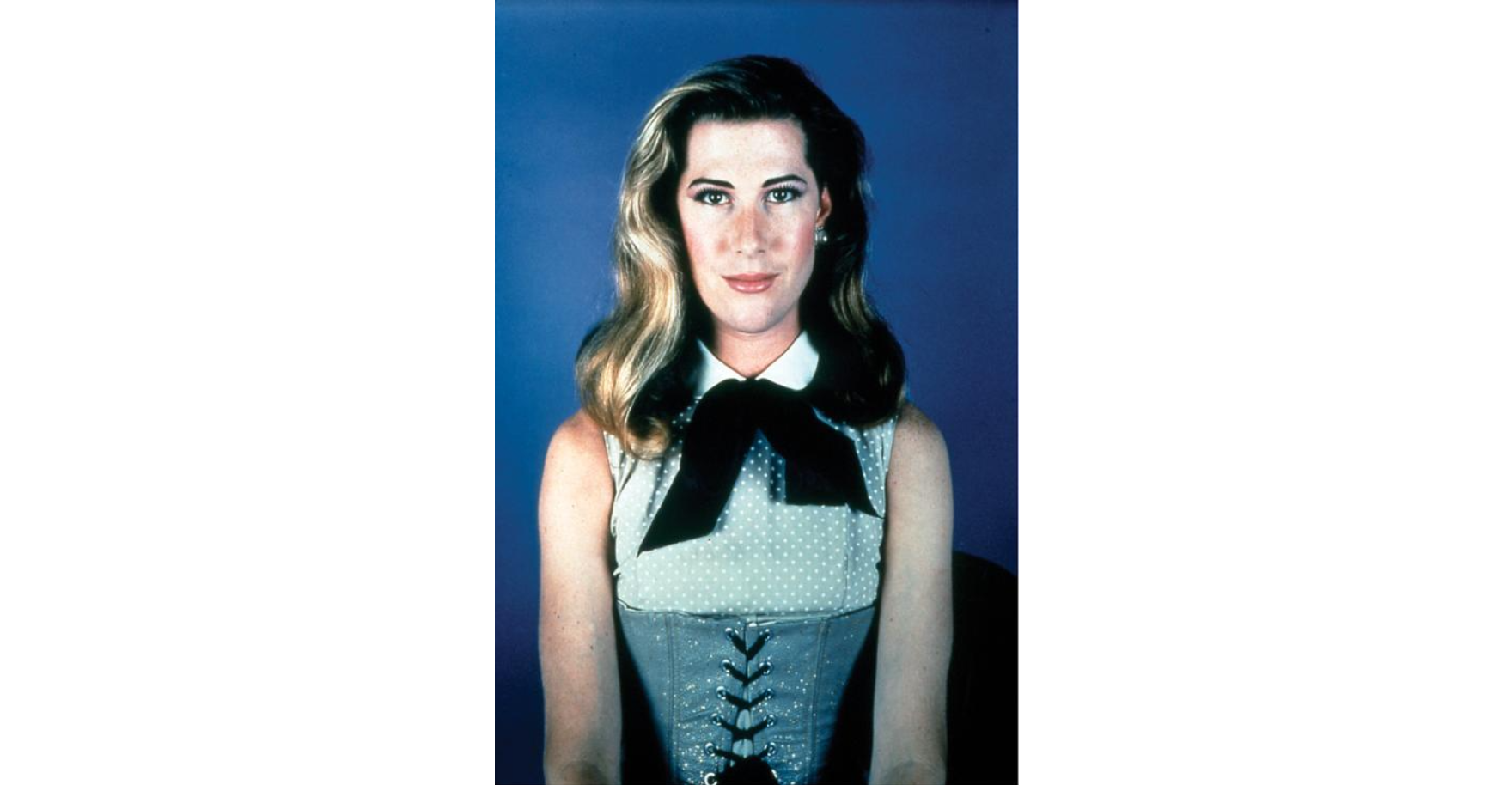
Justin Bond
Catherine Opie
1993
Chromogenic print
→ crossdresser; gender/sexuality complexity
→ complicates idea of privileged male viewer; challenging expression
→ challenging viewer to see his behavior as wrong
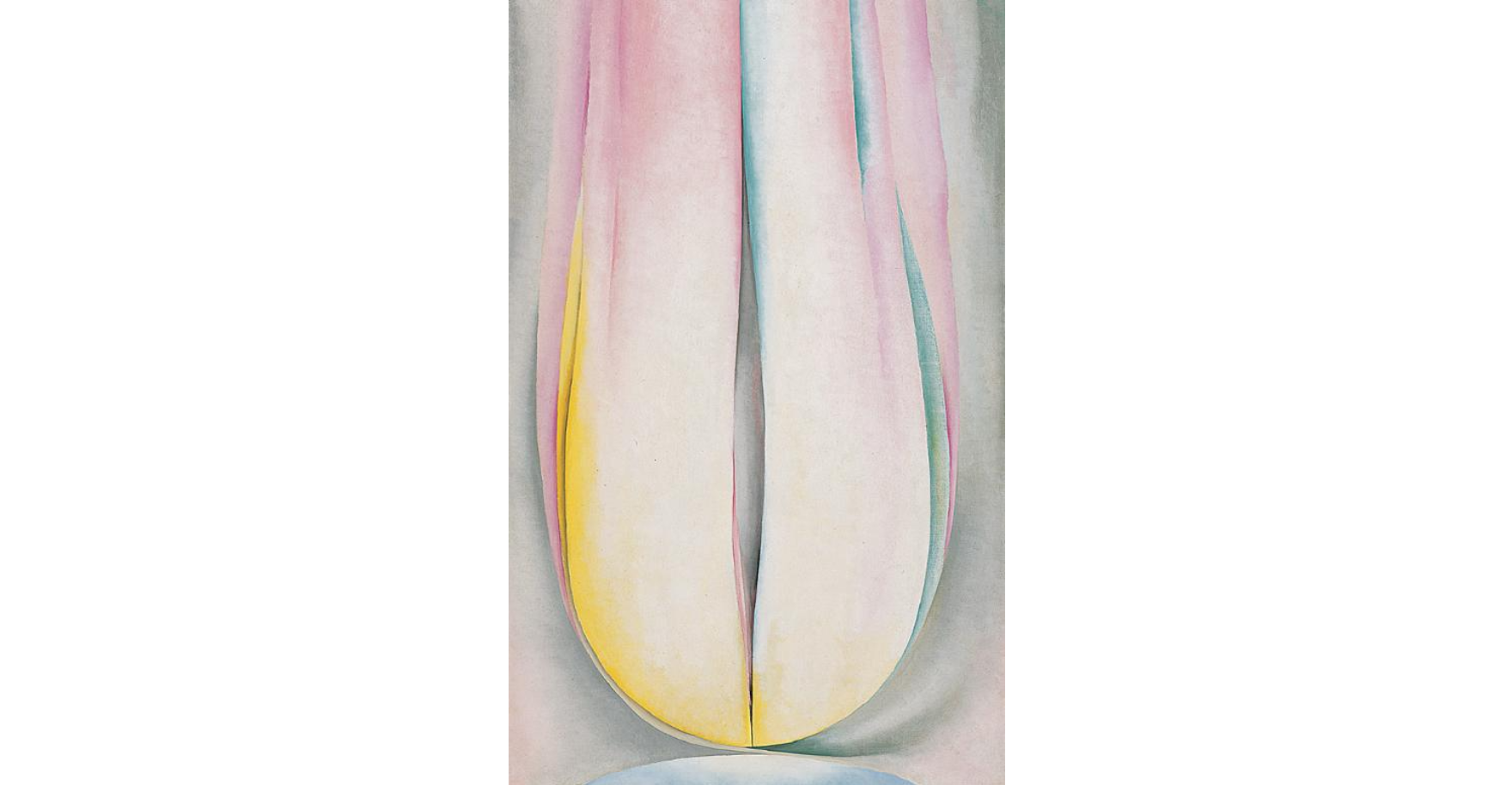
Grey Line with Lavender and Yellow
Georgia O’Keeffe
1923
oil on canvas
→ feminine; vagina; abstracted sexual imagery
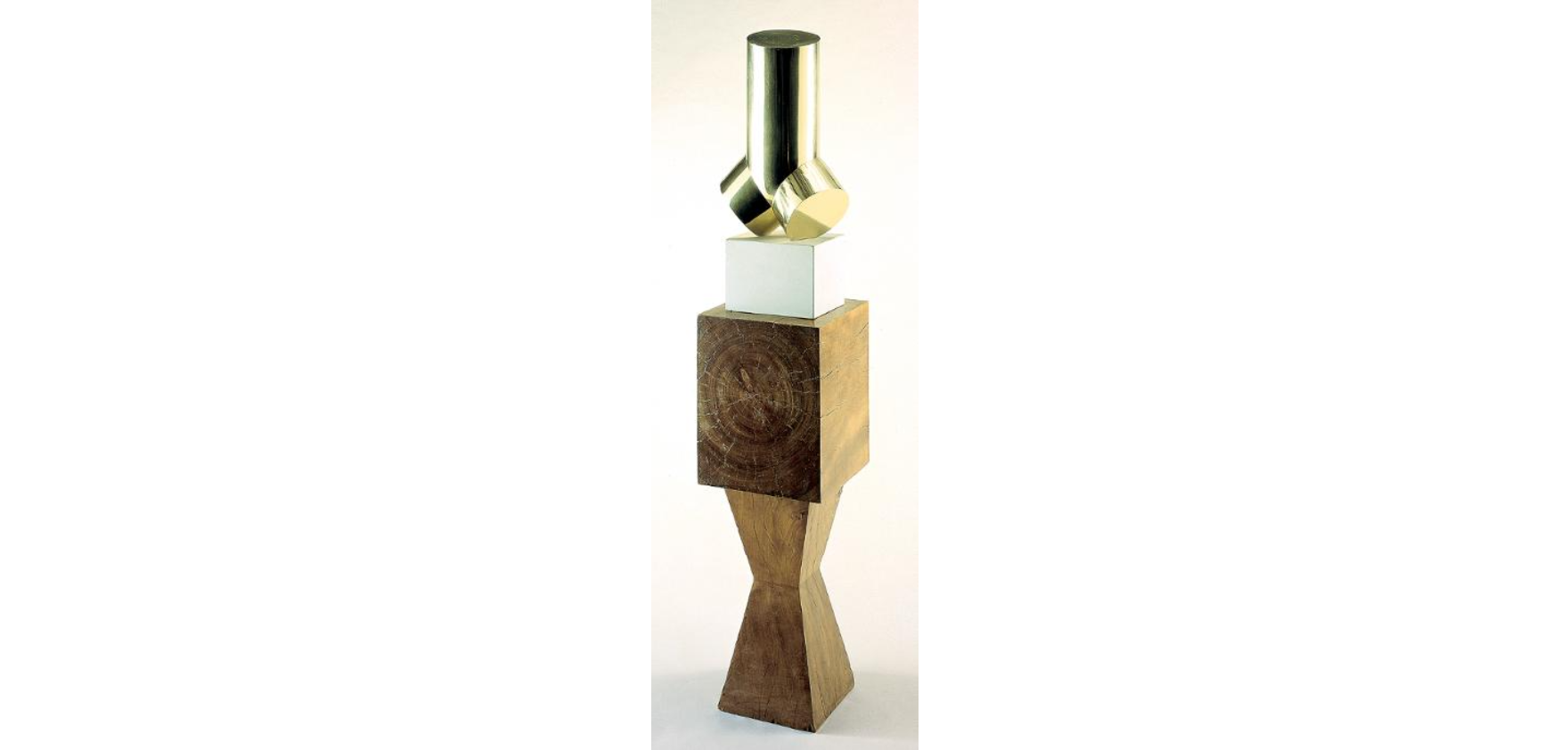
Torso of a Young Man
Constantin Brancusi
1924
polished brass
→ capture essence/universality of pure form
→ influenced by Romanian folk/African tribal art
→ philosophy of 11th century monk Milarepa
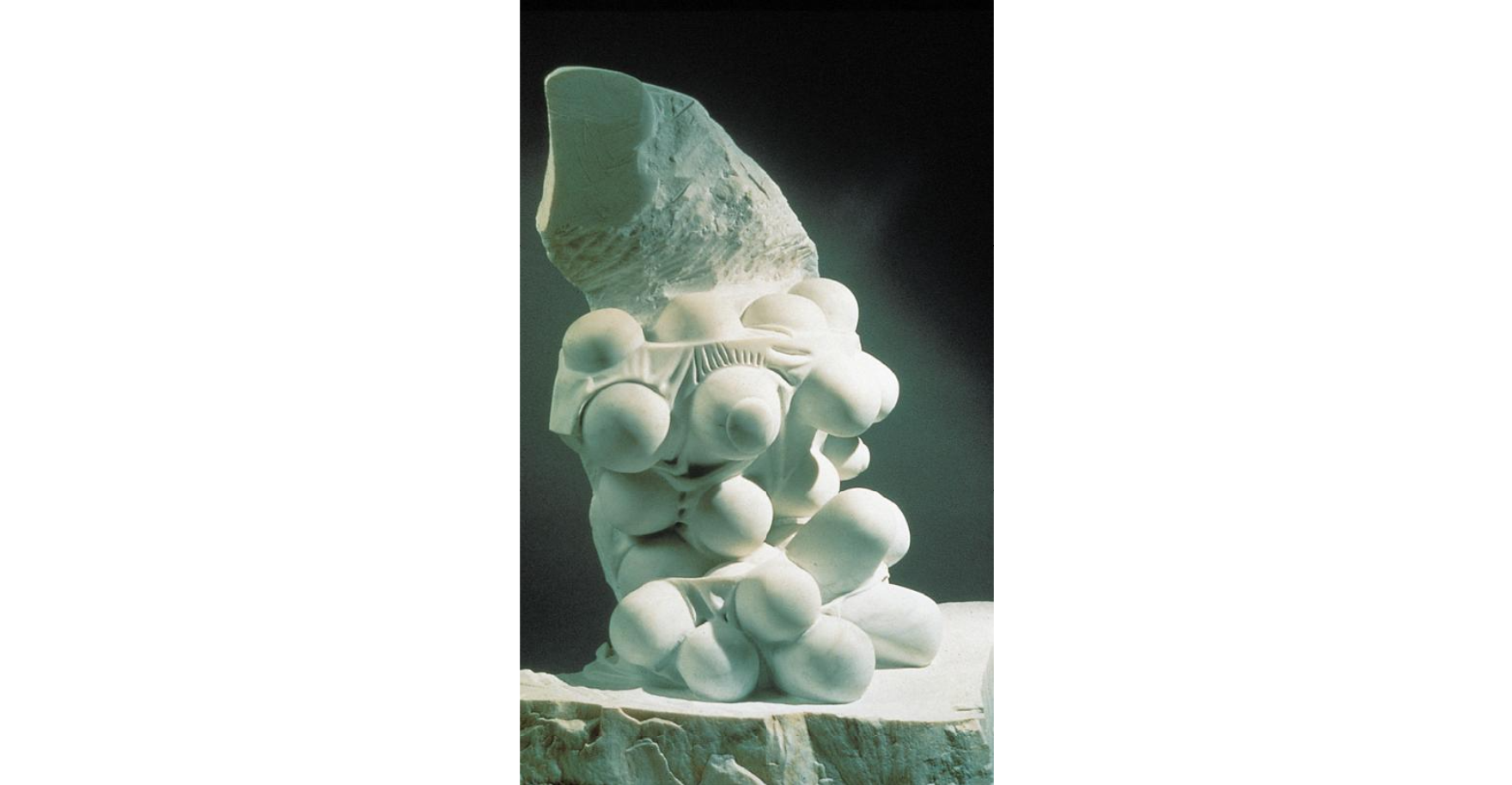
Blind Man’s Bluff
Louise Bourgeois
1984
marble
→ appearance/name invites touch
→ looks like phallus covered w/ breastlike forms
→ fetish; fixation on sexual parts, not attached to an individual as a whole
→ blurs gender lines
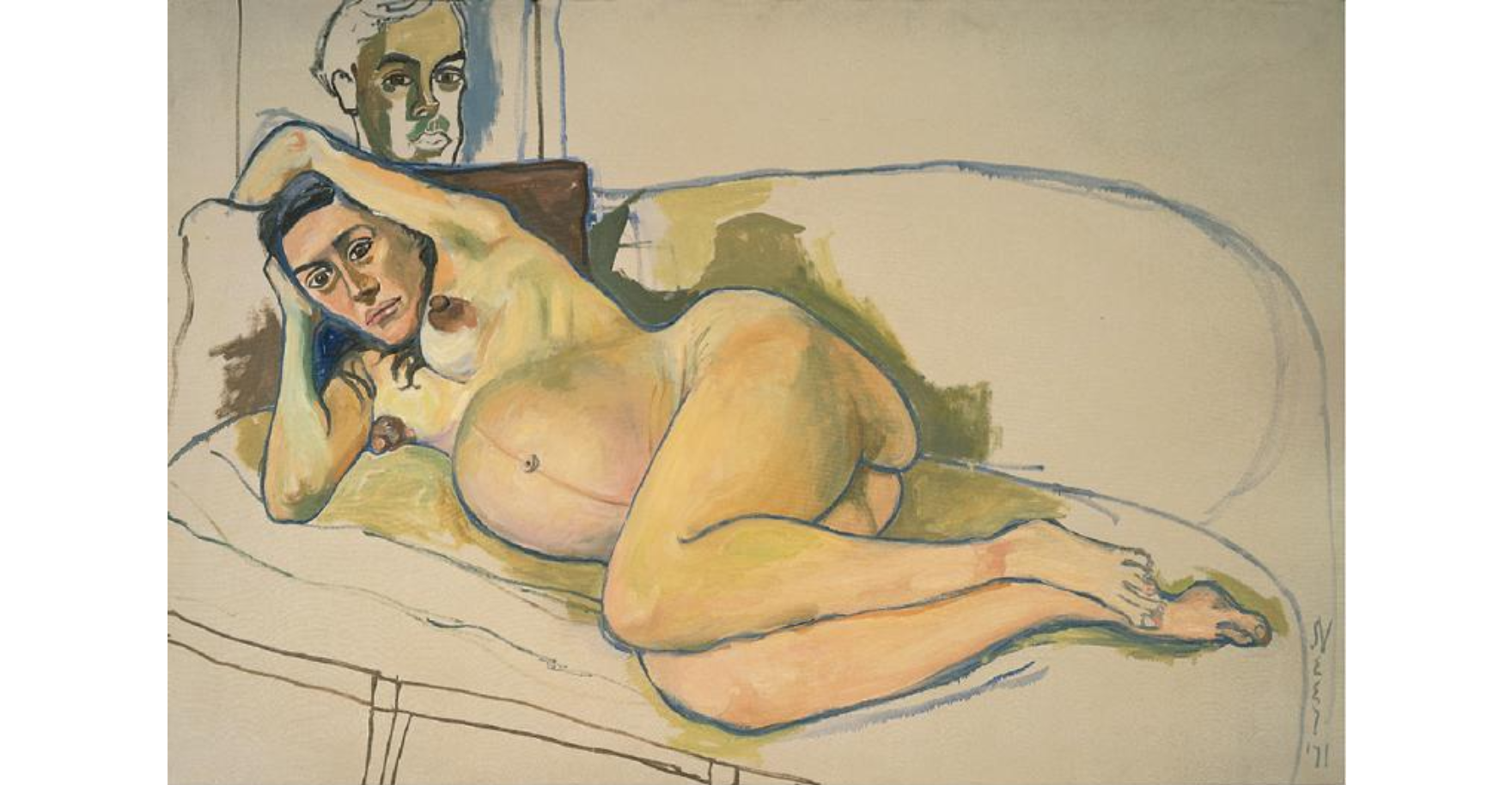
Pregnant Woman
Alice Neel
1971
oil on canvas
→ progeny; western image
→ physical/emotional effects of pregnancy
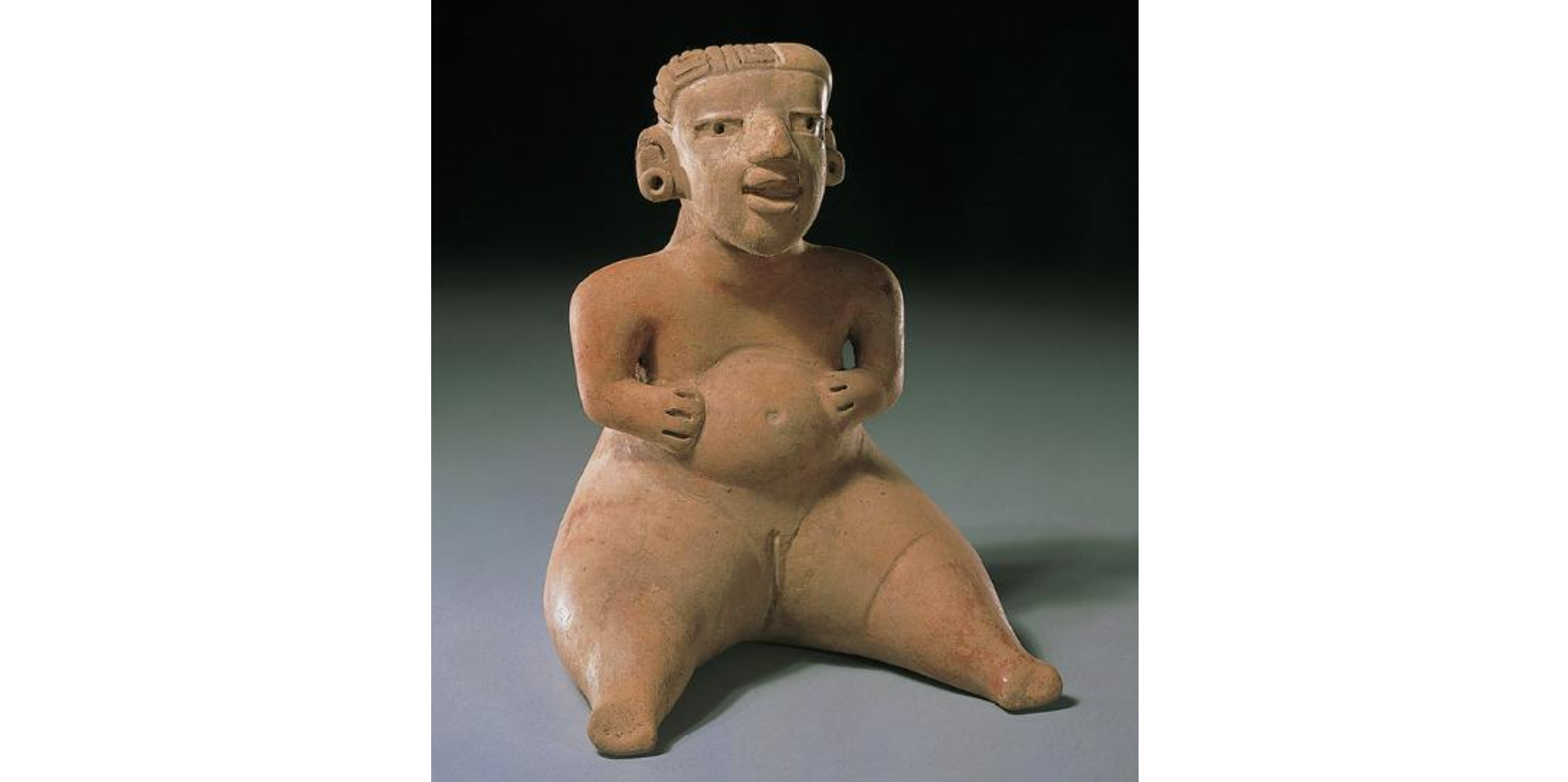
Kidder Figure
Mayan; Guatemala
250—100 BCE
ceramic vessel
→ emphasizes belly w/ hands
→ face: content, joy, anticipation
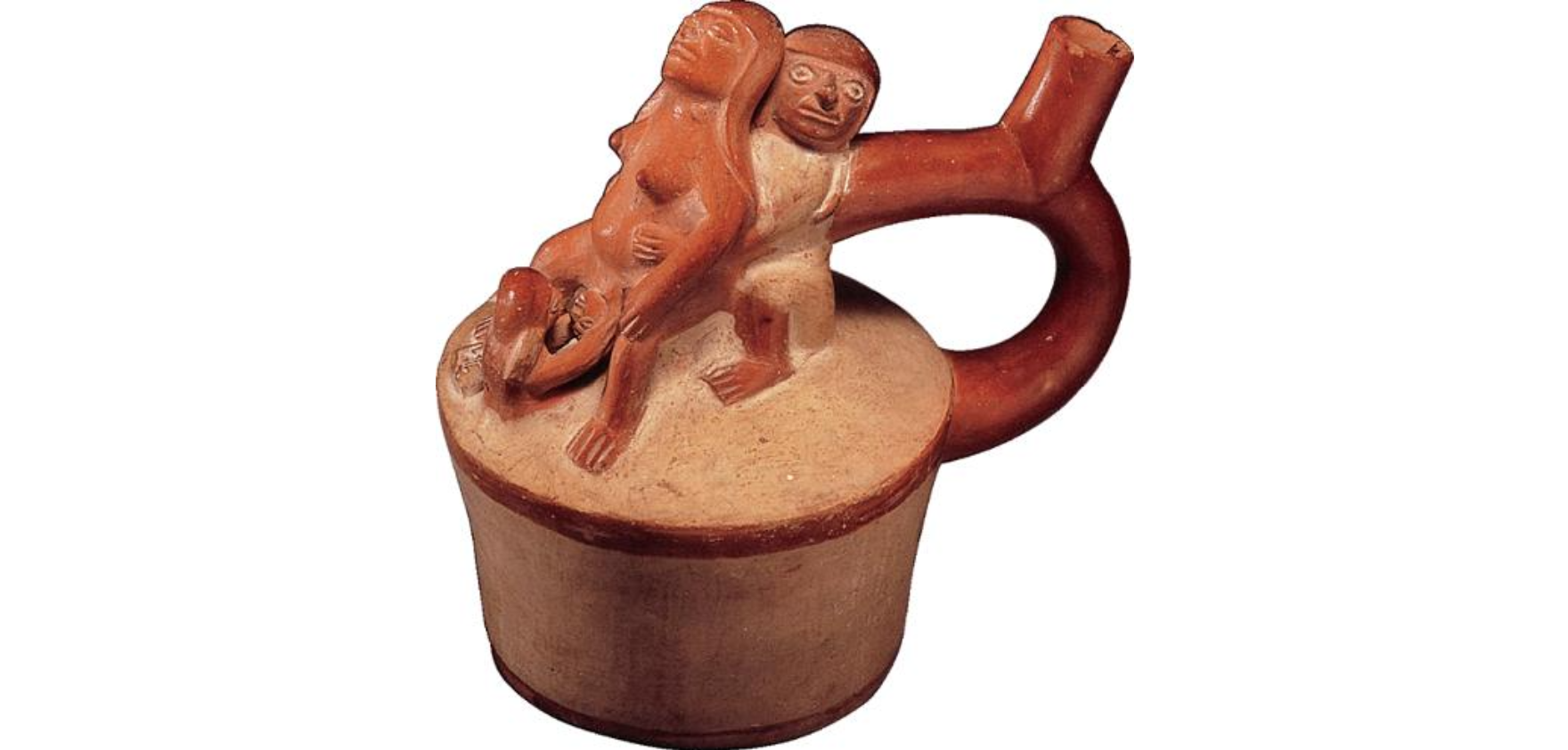
Moche Pottery Depicting a Woman Giving Birth Assisted by Midwives
Peru
1000—1250
ceramic
→ clinical, straightforward depiction
→ Moche birthing position/technique (used for teaching)
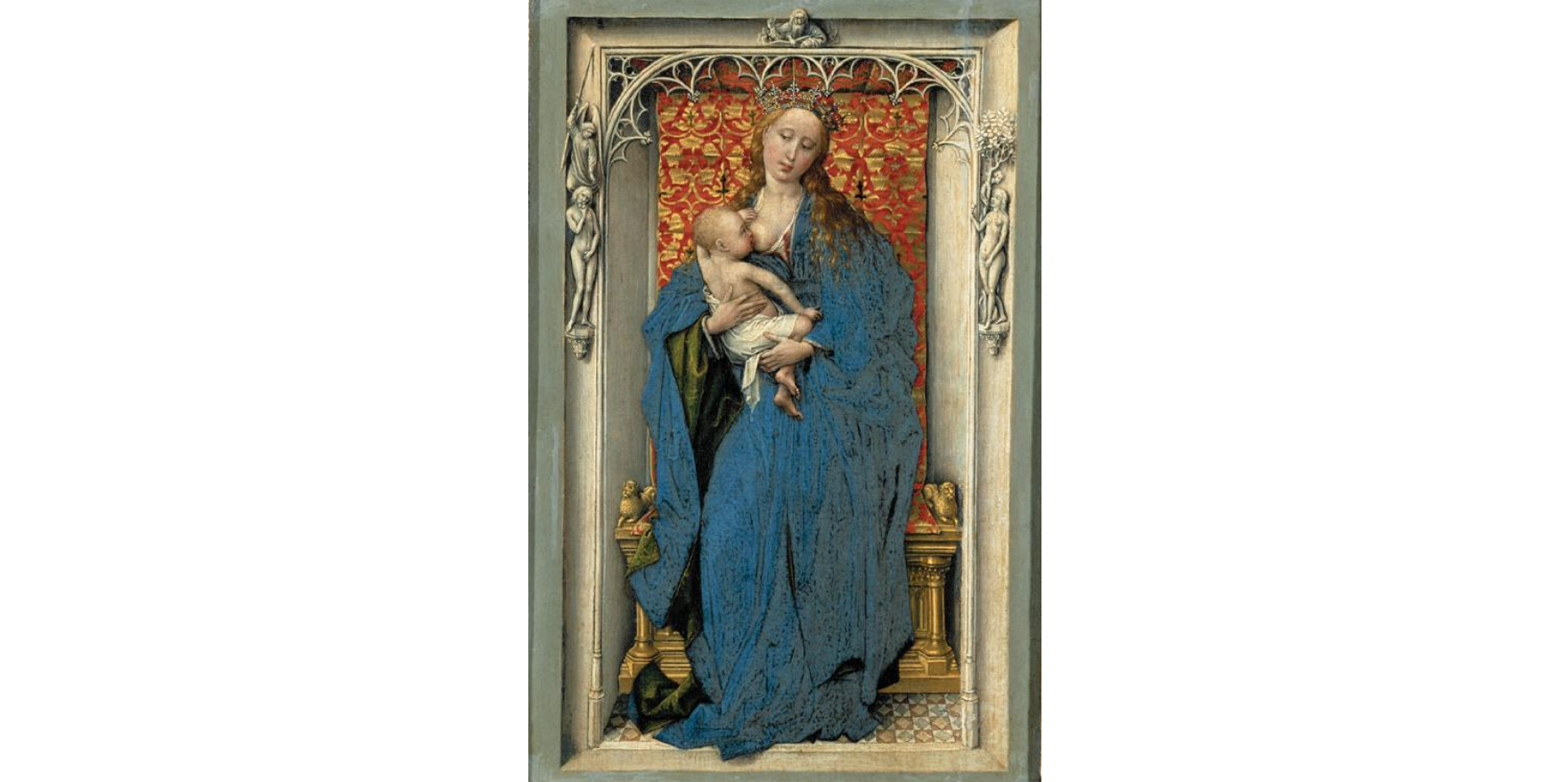
Virgin and Child in a Niche
Rogier van der Weyden
1432—1433
oil on panel
→ architectural space
→ Mary is gently nursing Jesus; ominous (Old Testement prophecies) but loving
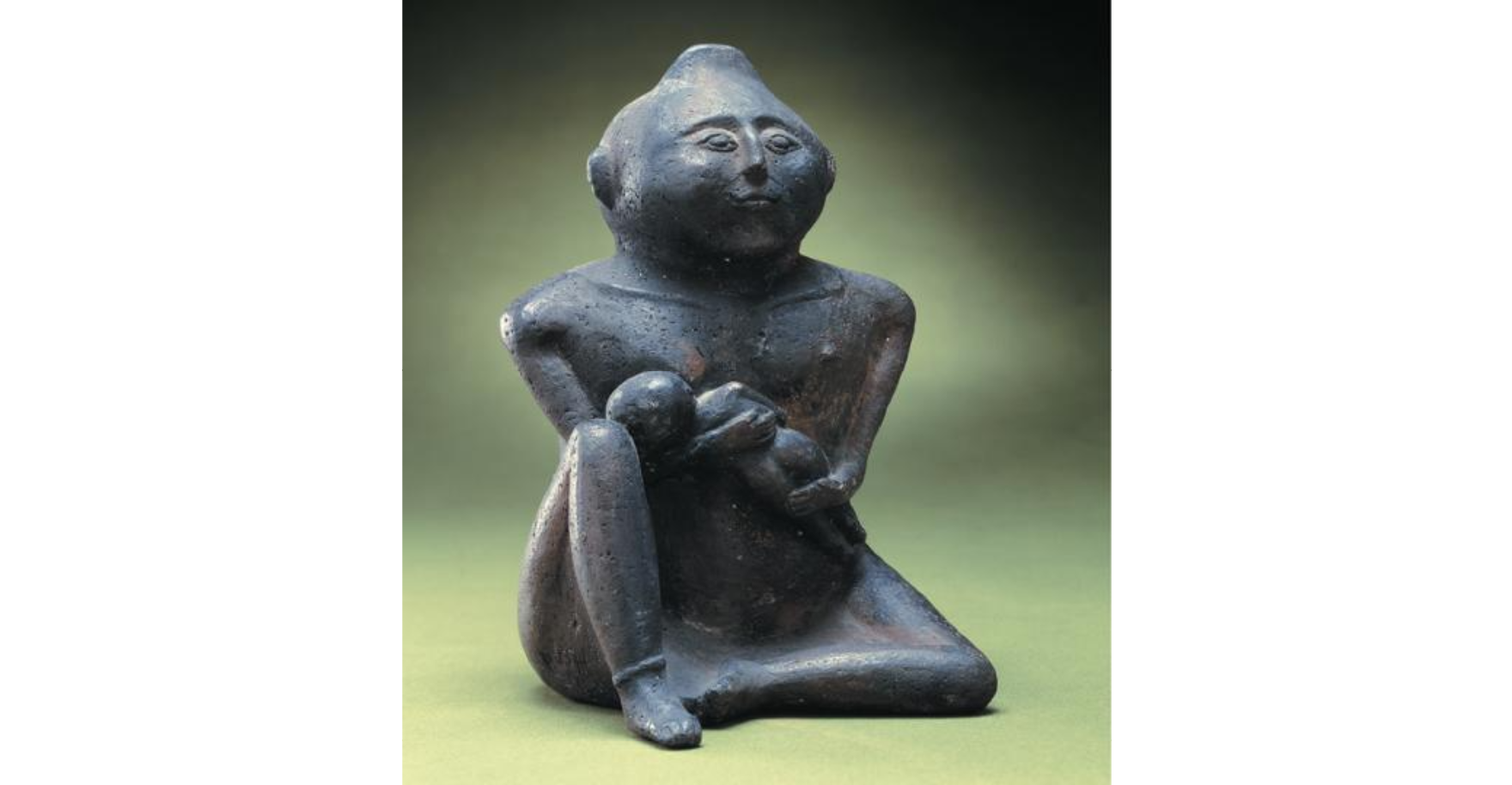
Mother and Nursing Child
Cahokia, Illinois
1200—1400 (Mississippian period)
ceramic vessel
→ effigy (in one’s image) of mother and child; nursing
→ may have ensured her potential to have children in afterlife
→ simple, geometric = stable, calm
India and idealized erotic art
common as sculptures (Hindu temples) and miniature paintings
sexuality in modern Western art is complicated because of:
power relationships btwn men/women
homosexuality/heterosexuality = political debates
sexuality = used to sell products
abstract works on sexuality capture energy, leave specifics undefined
Manet’s defenders praised Olympia for:
impasto (thick paint applied directly on canvas)
flat, bright color (less tenebrism/illusion of depth)
high contrast; few midtones
gestural mark making (as opposed to hiding brushstrokes)
experimental paint application
went against academic art of the French academies